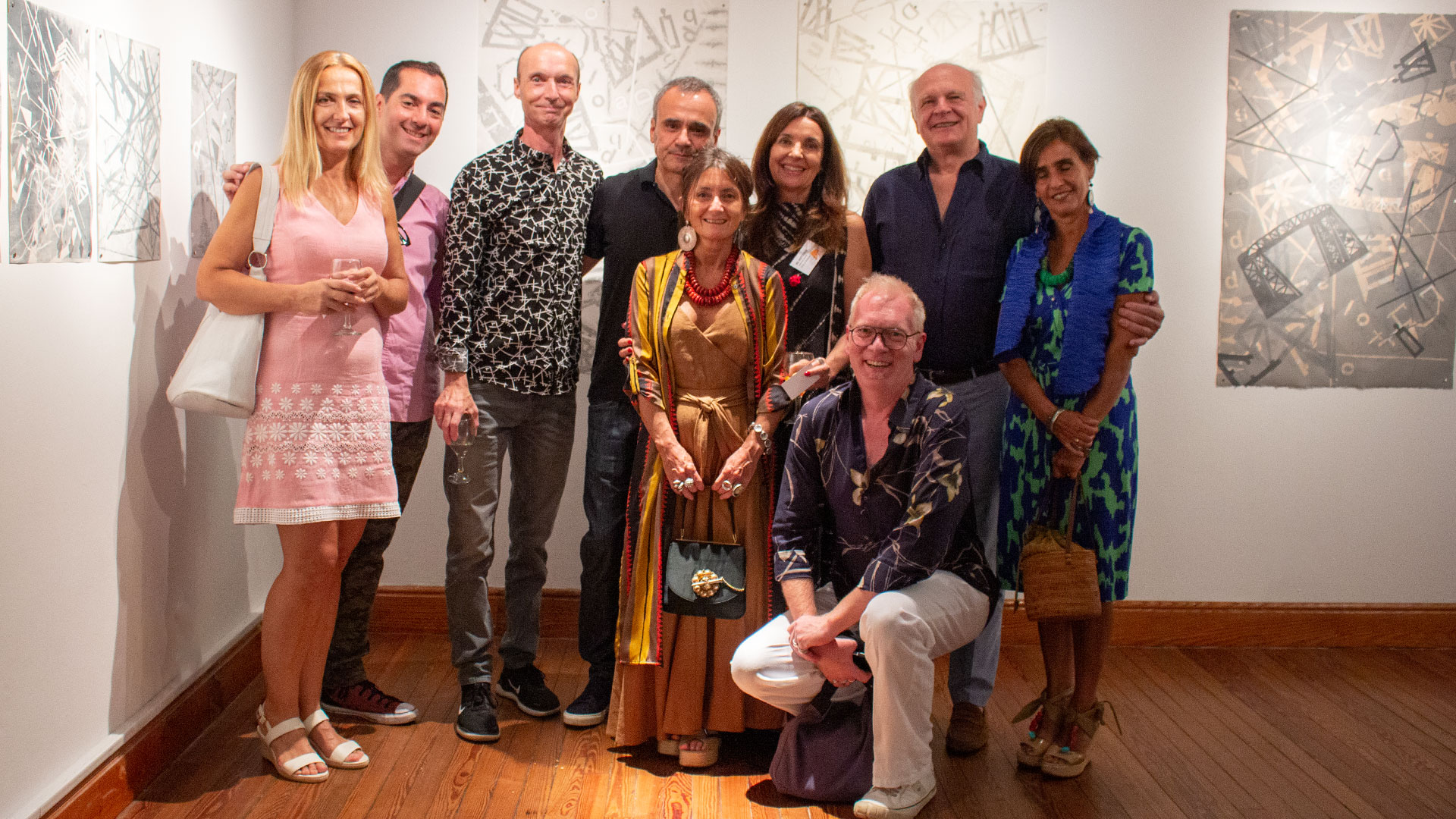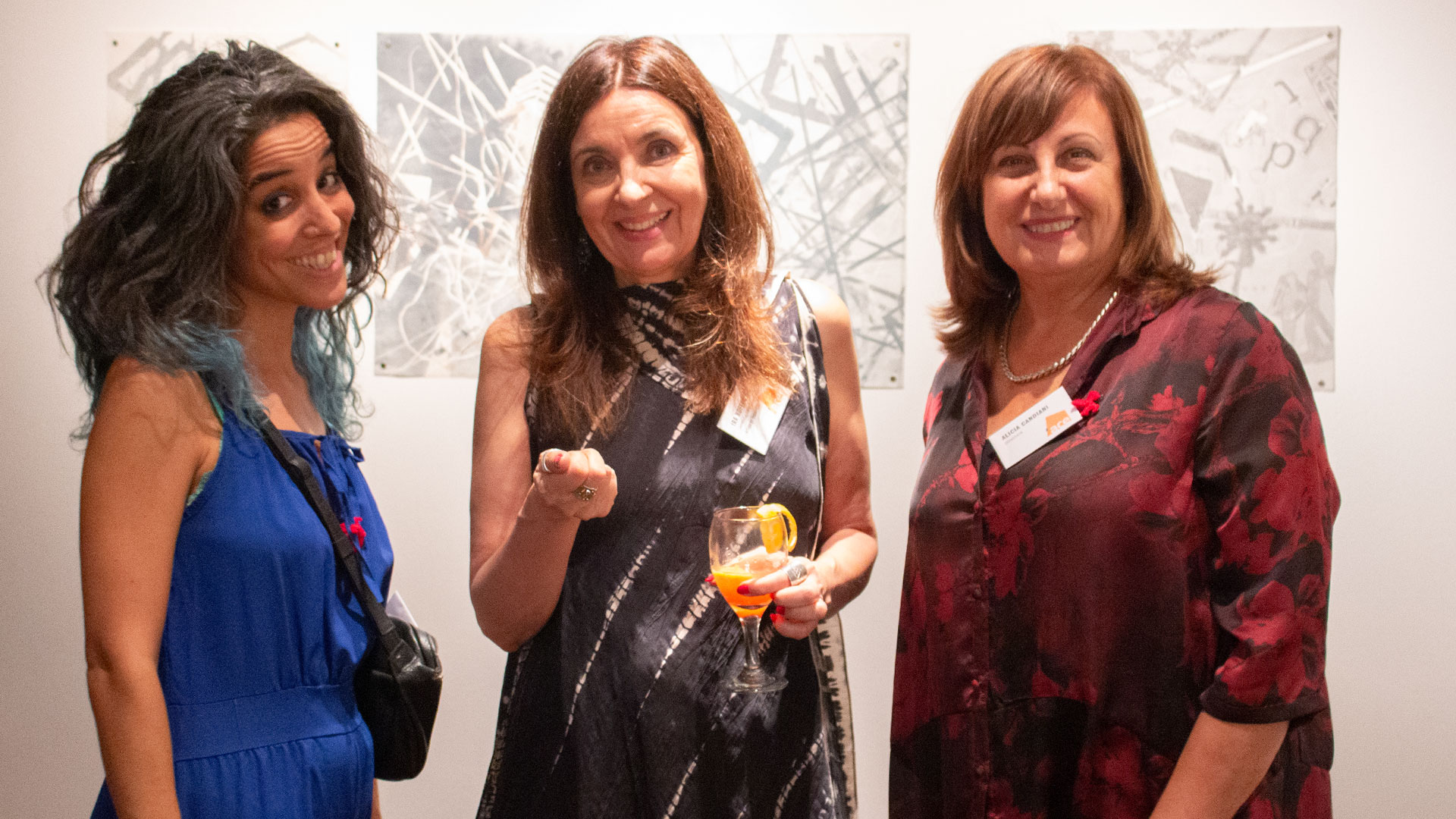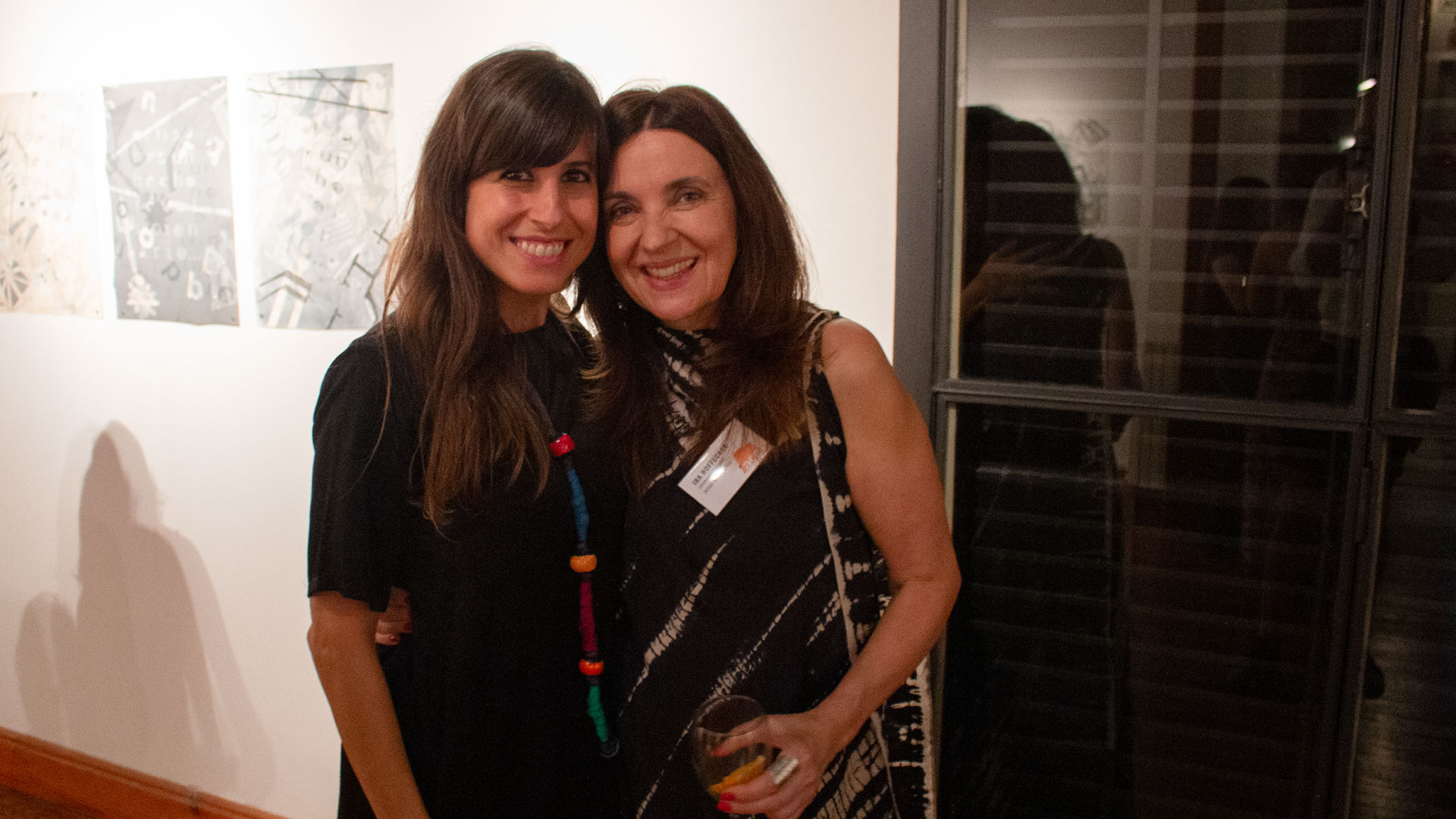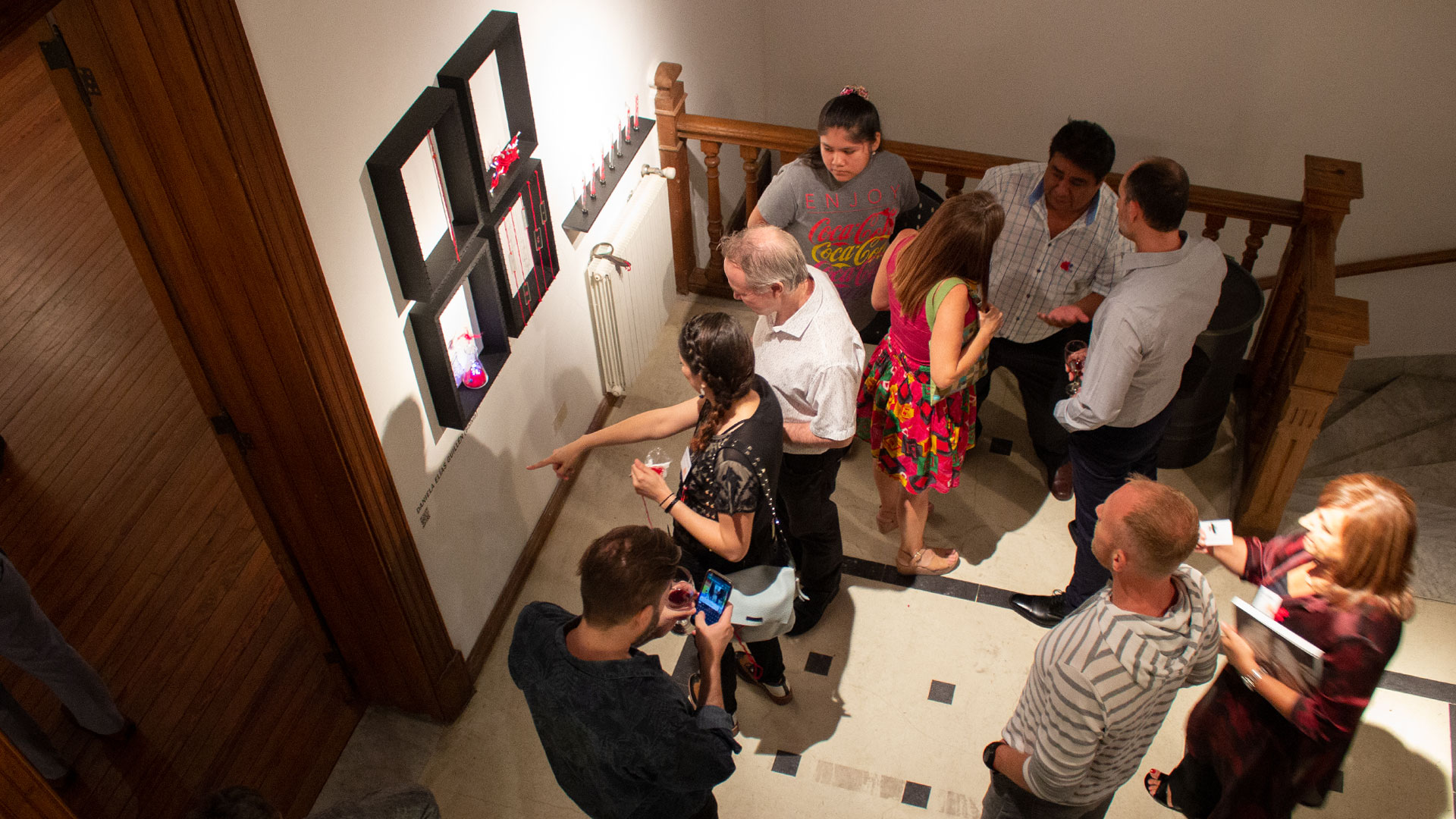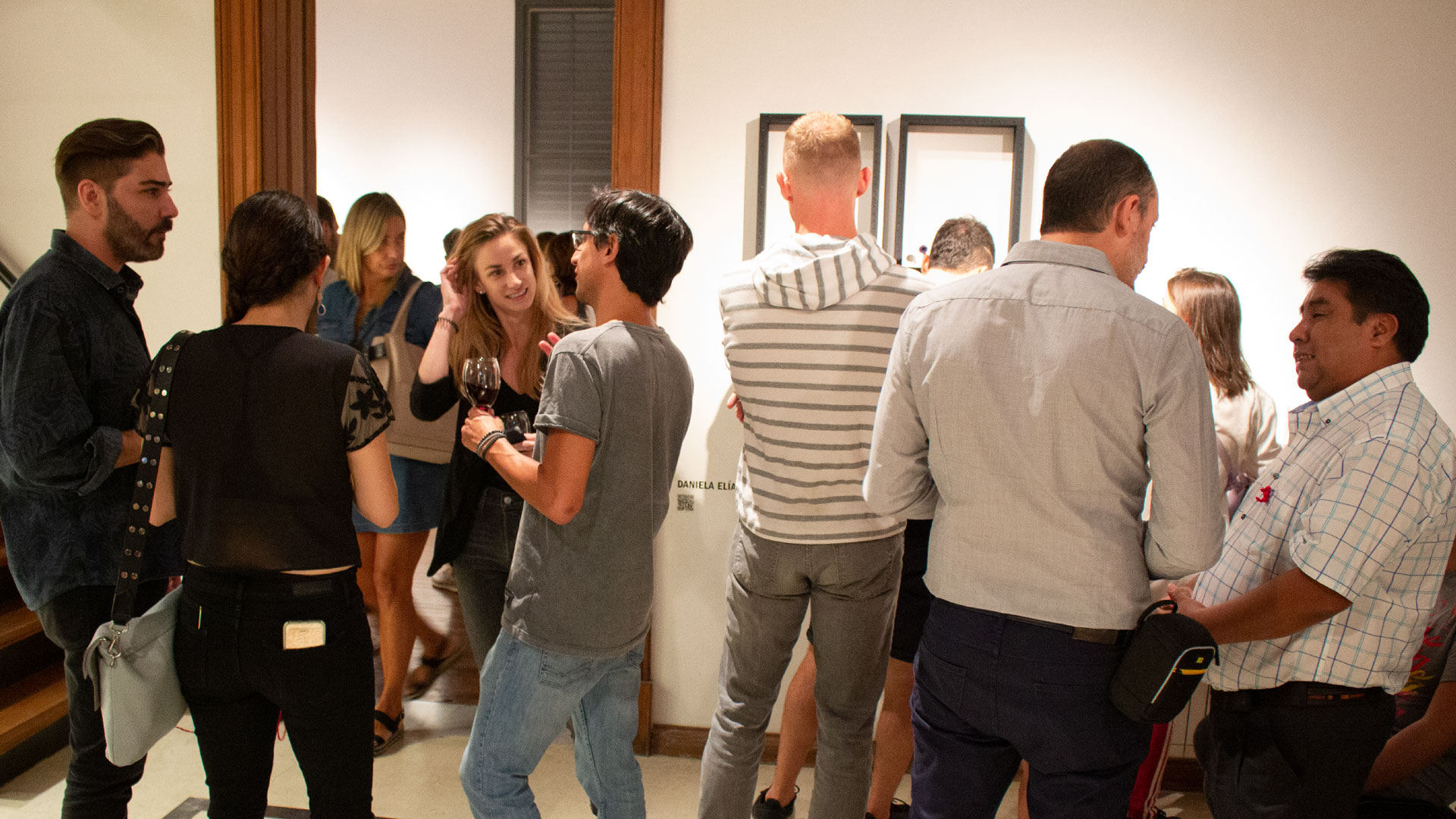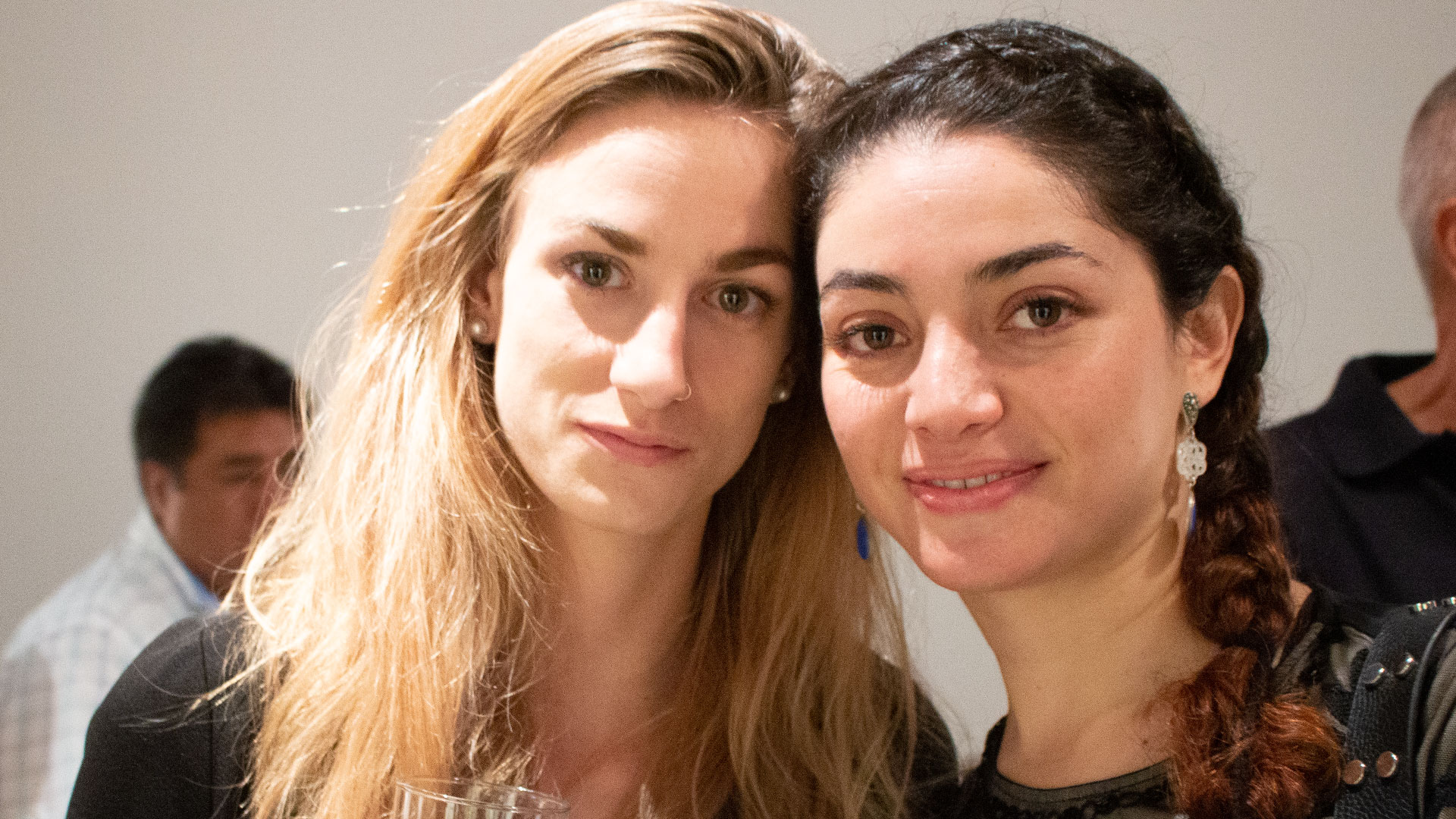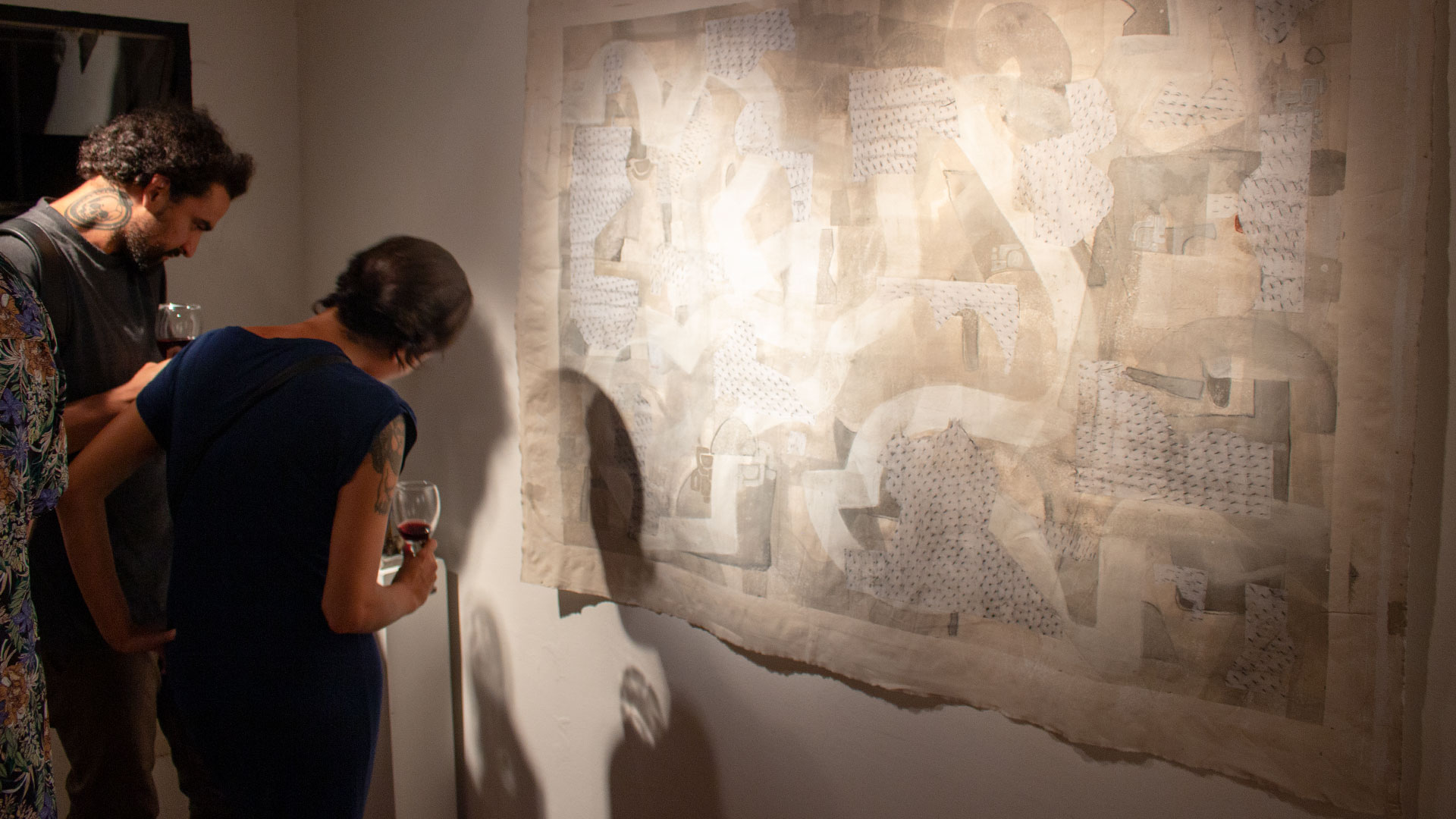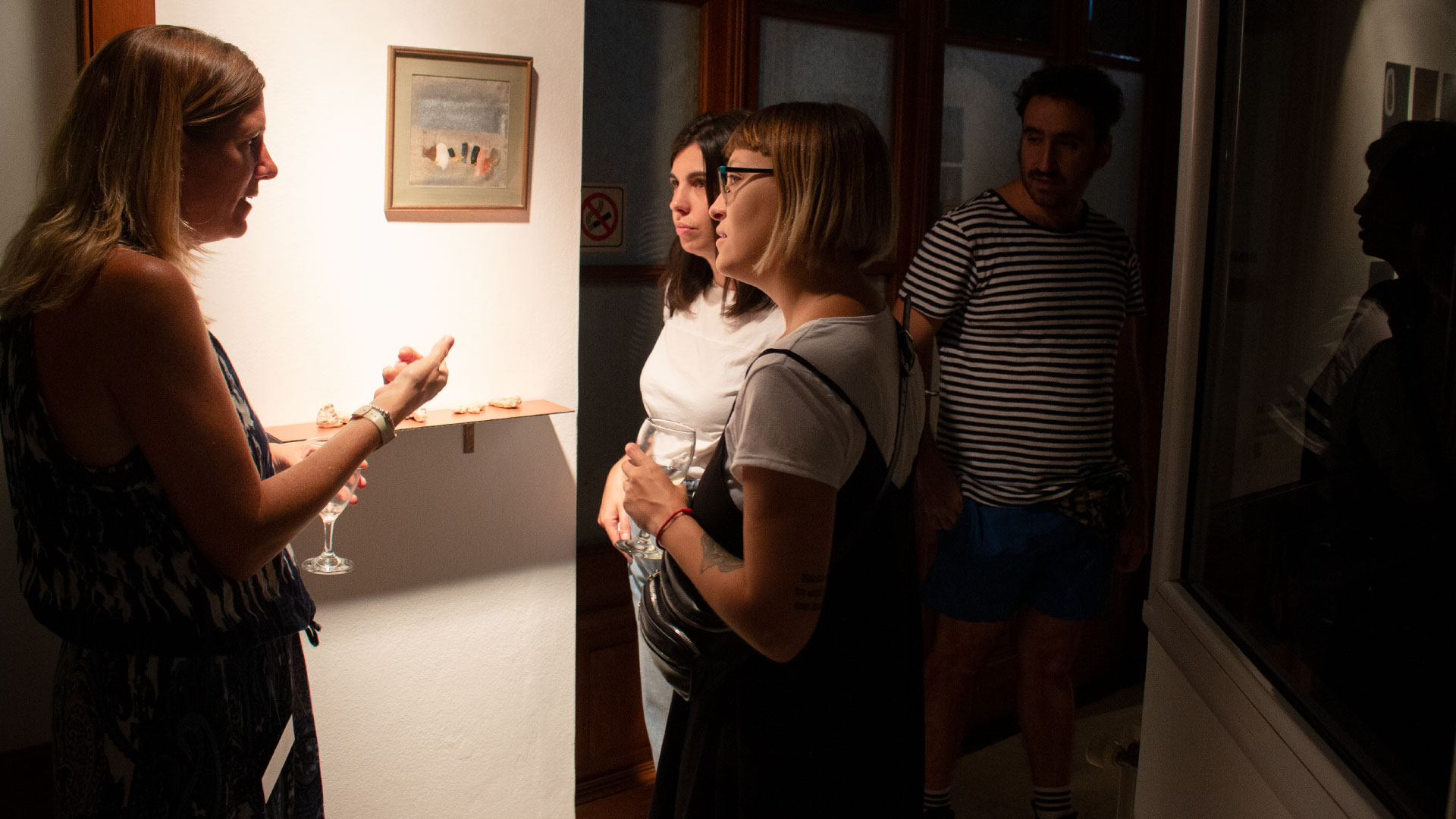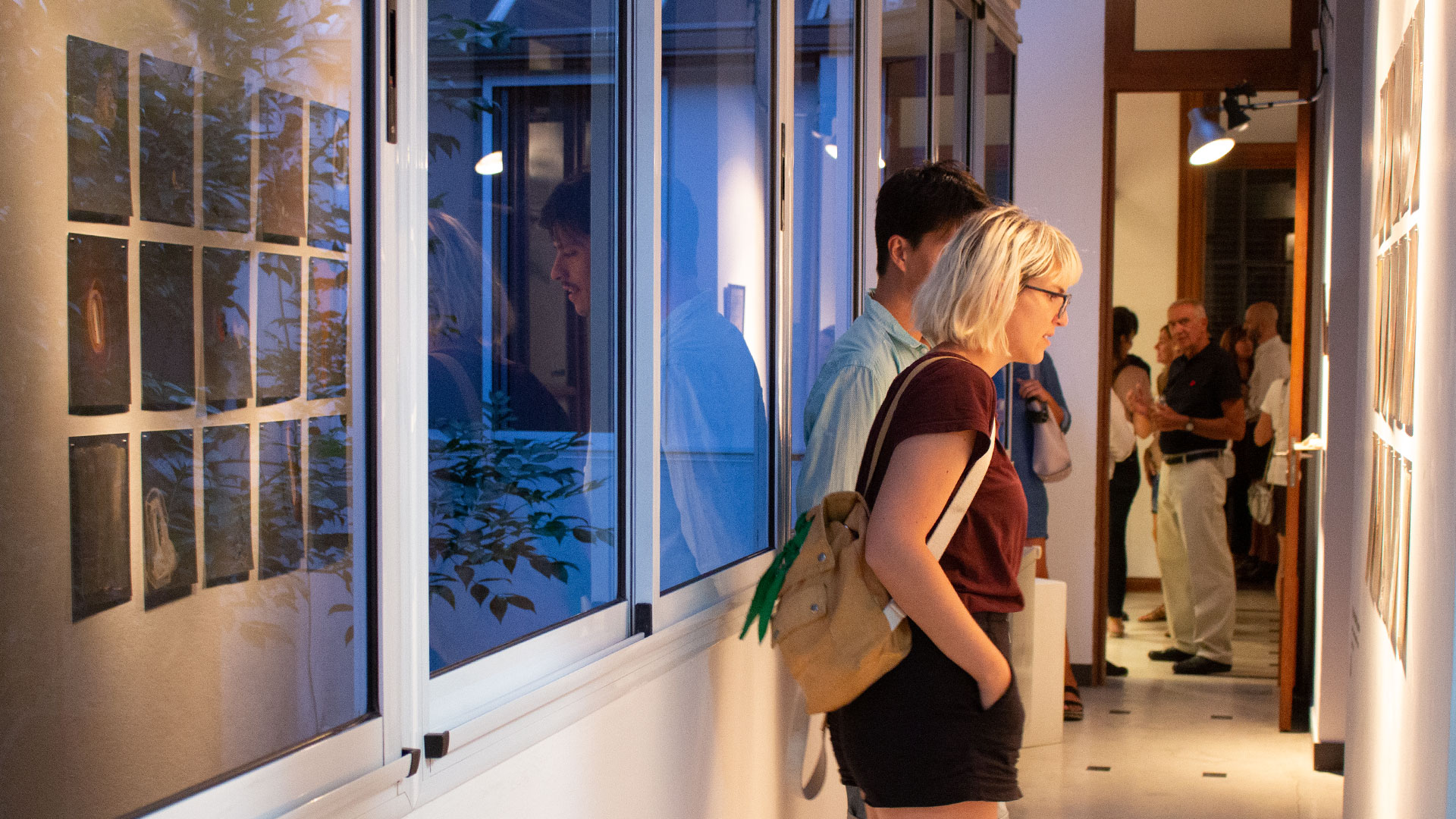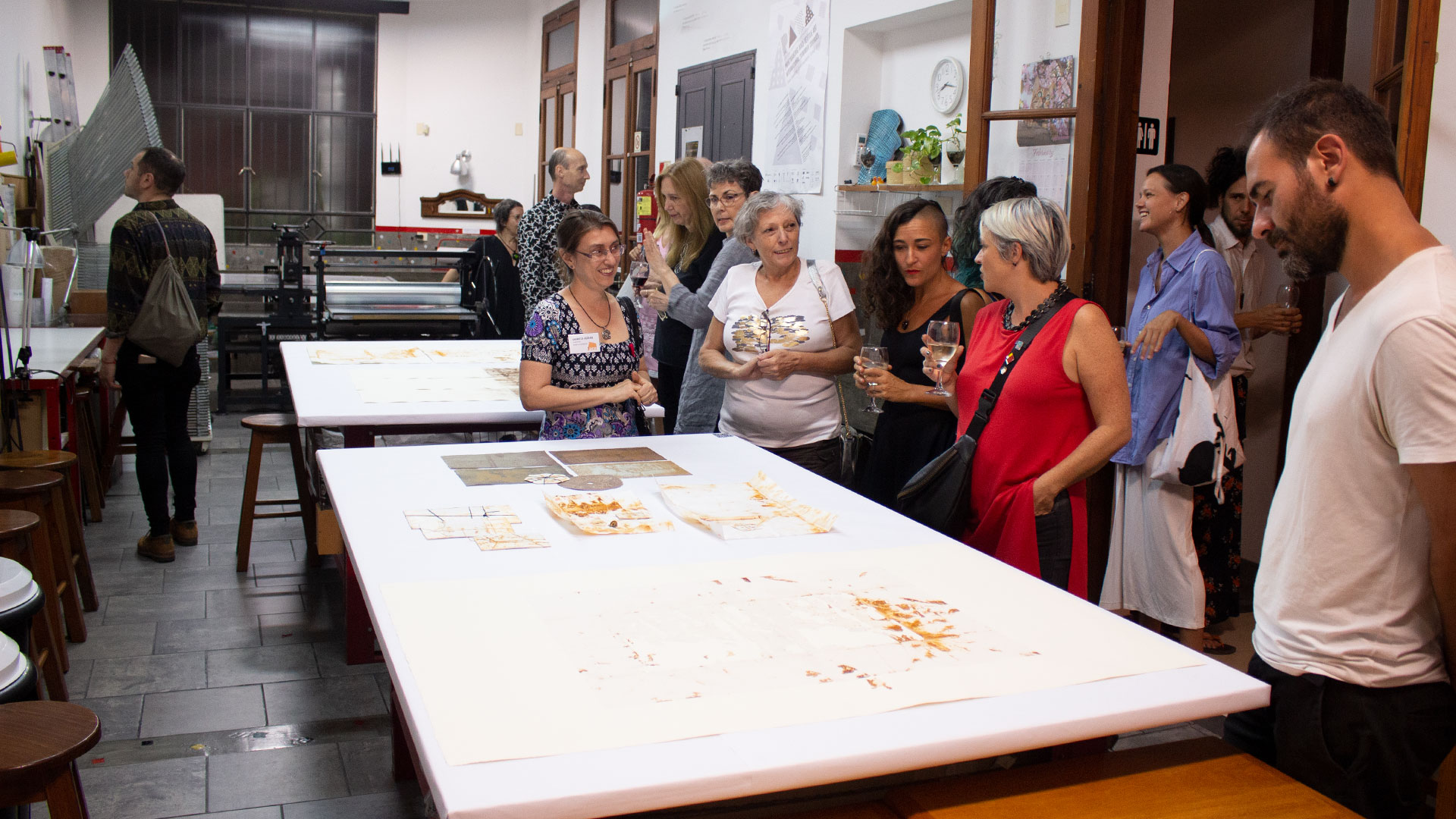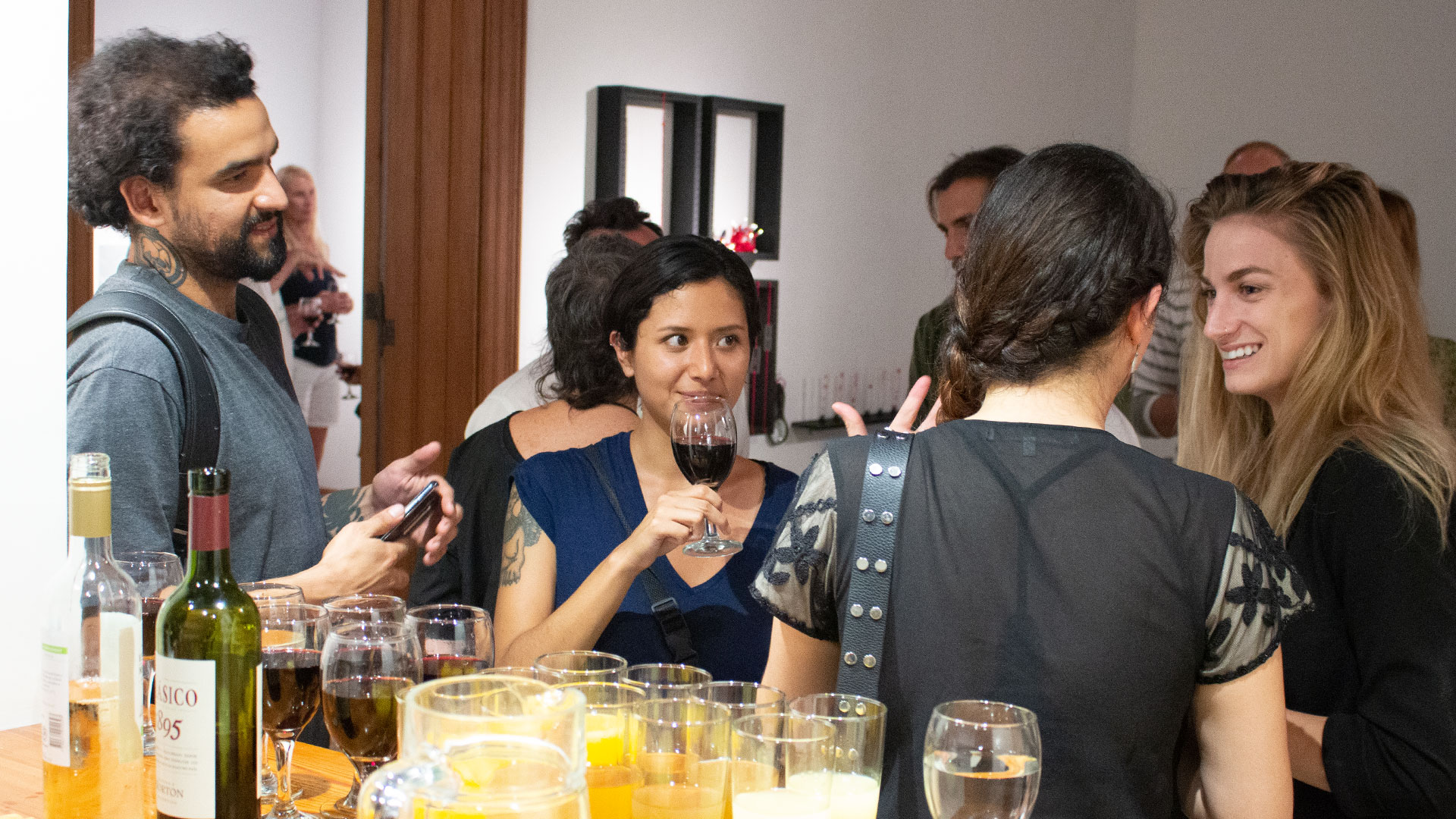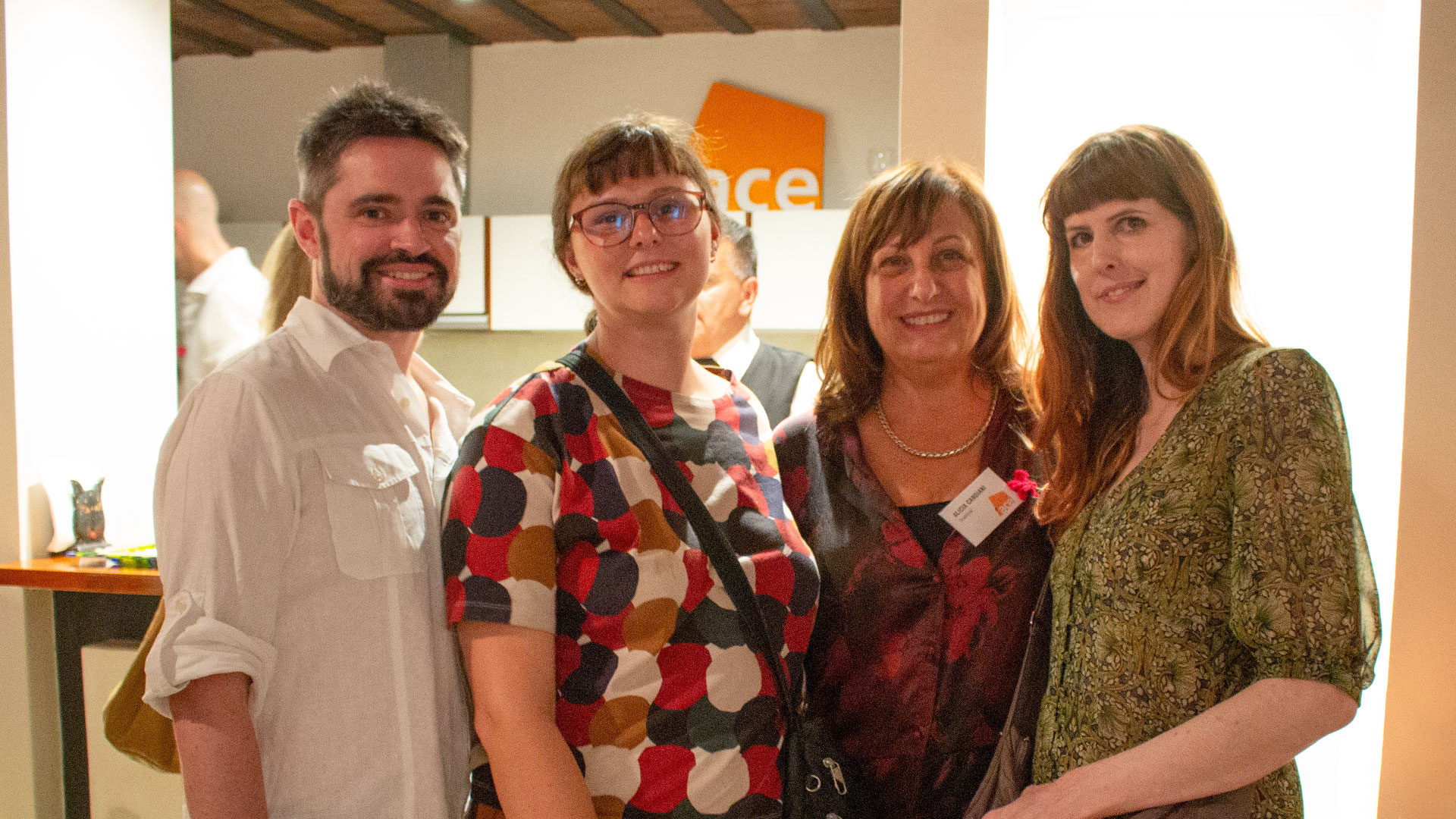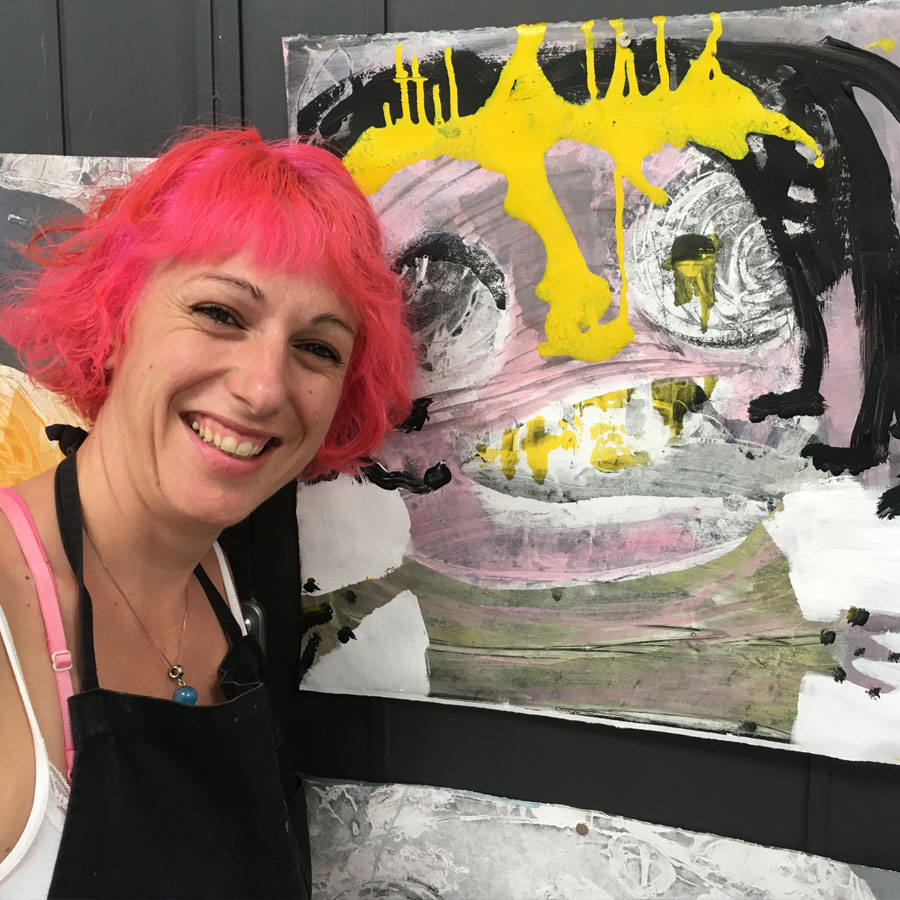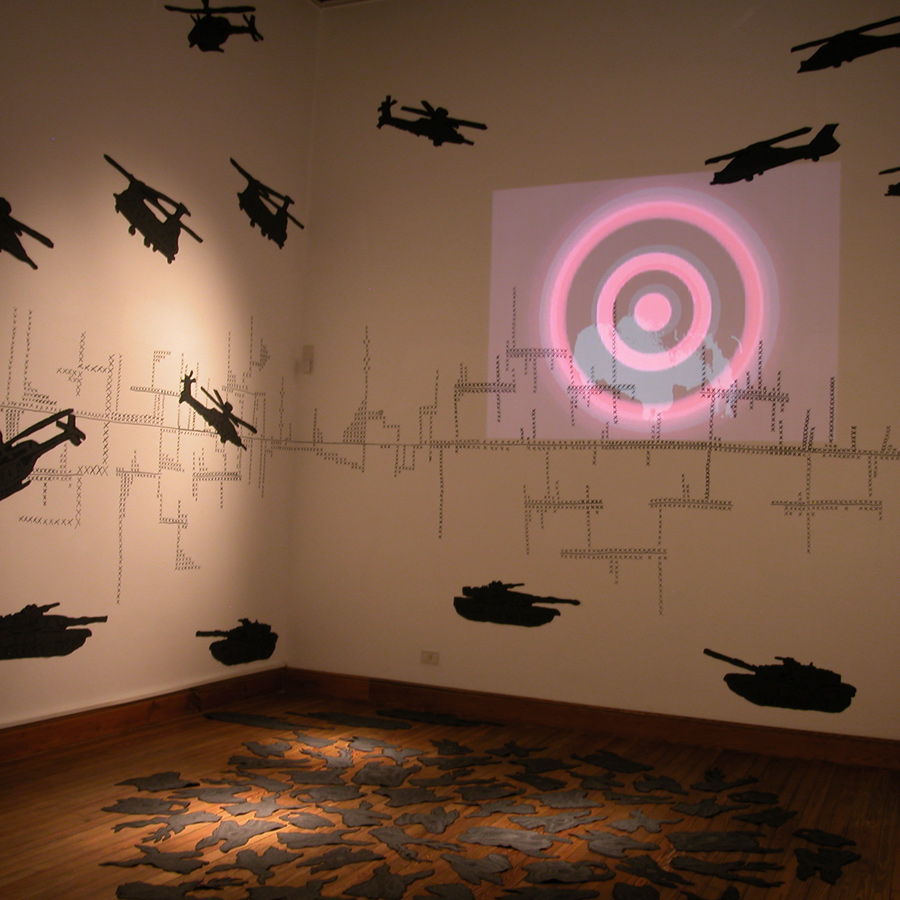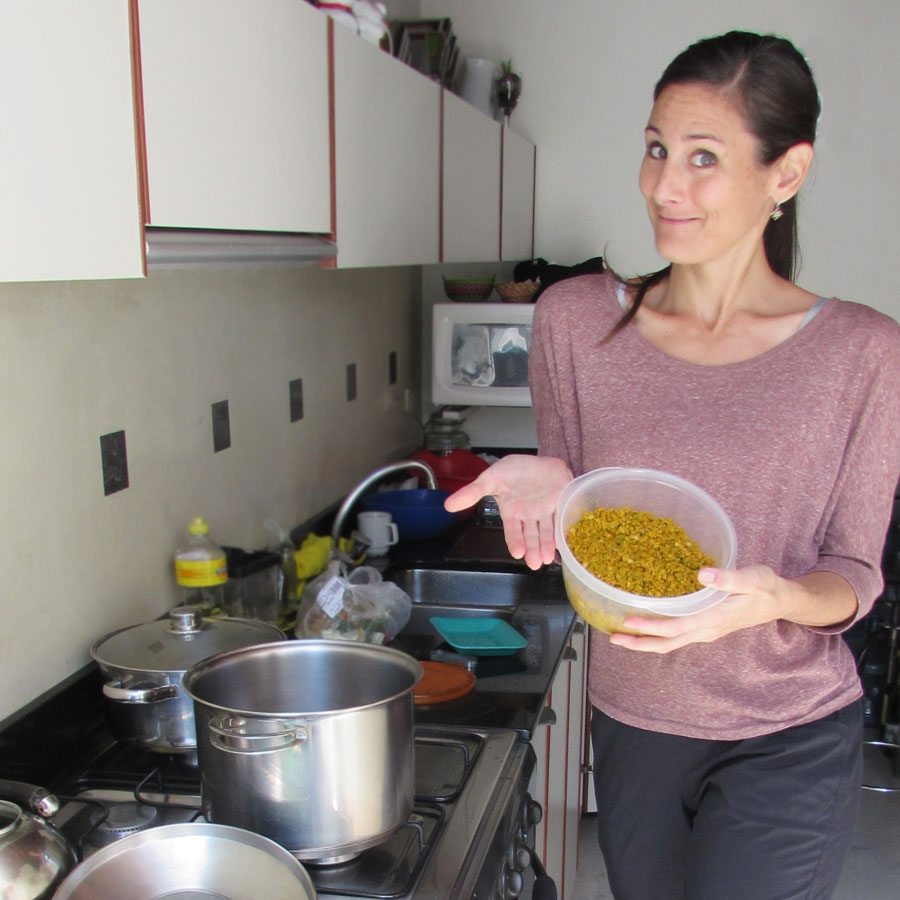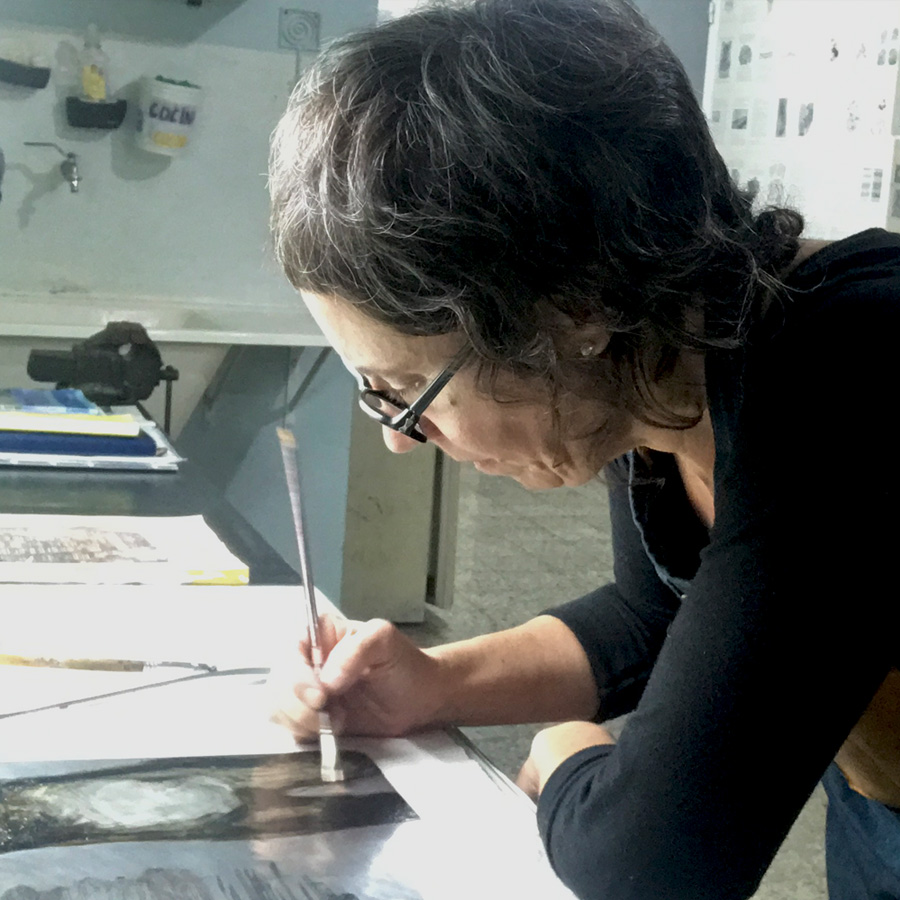Artists
Germany
Ira Hoffecker
Capas urbanas
27.01.20 21.02.20
Ira Hoffecker is a German-Canadian artist who has resided and maintained her art practice in Victoria, Canada since 2004.
The artist has a rich cultural and professional background. She has always been fascinated by the energy and histories of great cities. Having moved 26 times in 31 years, one might describe Ira as a veritable flâneuse – an urban explorer with a keen eye, devoted to drinking in her kaleidoscopic perceptions of pulsating city identities. Prior to moving to Victoria, Canada with her family, Ira lived a completely different existence. Fluent in German, English, French and Spanish, she lived in Lima, Cusco, Berlin and Hamburg, studied French and Economics in Munich and worked as a translator in Paris. Next, she submerged into the publicity and the film production industry before enroll in the School of Arts and get her Art degrees.
From her time in Paris, and her visits to museums, she realized how artists are able to articulate the intangible truths and consciousness of a collective group from a particular place, while simultaneously yielding unique meaning for each disparate viewer. She looks for inspiration in artists like Anselm Kiefer, Nicolas de Stael, Robert Rauschenberg, Richard Serra, Eduardo Chillida and Franz Kline, whose works communicate thought-provoking questions and ideas about real and imagined spaces.” (Quoted from Kylie Serebrin´s article “A Modern Day Flâneuse”).
ARTIST STATEMENT
My paintings are informed by the different identities cities take on over a period of time. I am interested in how different societies transform and change city spaces over the course of the centuries. My work examines the relationships between people and cities by responding to constant change, reconstruction and restoration in the urban landscape. Decay, erasure, covering, revealing and rebuilding take place at the same time and are part of my painting practice. The layers are equivalent to the archaeological strata in the evolution of a city. Places are overlaid with multiple histories, layers of paint cover and obscure but the previous layer also informs each coat.
I adopt geometric shapes inherent in architecture and maps from different times in history that provide the basis of my compositional language. Studying history books, maps and photographs, as well as digesting the city by walking the streets, all inform my understanding of the identity of a place. During my residence I am interested in exploring the different historic layers and identities of Buenos Aires by studying its history, maps and architecture.
BIO
Ira Hoffecker
Born in Bavaria, Germany.
Lives and works in Canada.
EDUCATION
2018 | MFA, Plymouth University, UK and Transart Institute, New York, USA.
2015 | BA, Fine Art, University of Gloucestershire, UK.
2013 | Diploma of Fine Arts, Vancouver Island School of Art, Victoria, Canada.
SOLO SHOWS
2020| Transitions, The Fortune Gallery. Victoria, Canada.
2019 | History as Personal Memory, The Front Gallery. Edmonton, Canada.
Conjunction, Zack Gallery. Vancouver, Canada.
2017 | Berlin Identities, Zack Gallery. Vancouver, Canada.
2016 | Urban Identities, The Front Gallery. Edmonton, Canada.
Urbane Welten, Kunstraum Tapir. Berlin, Germany.
PRIZES
2018 | Official Selection at the Manchester Film Festival, UK.
2017 |Nominated Best Documentary at the Back, Box Film Festival, Los Angeles, USA.
2016 | Shortlisted for the John Moore Painting Prize, UK.
2015 | Shortlisted for the Graduate Art Prize, London, UK.
1st Prize, Abstract Show 2015, Vancouver, Canada.
RESIDENCIES
2016 | TAKT Artists Residences Programme. Berlin, Germany
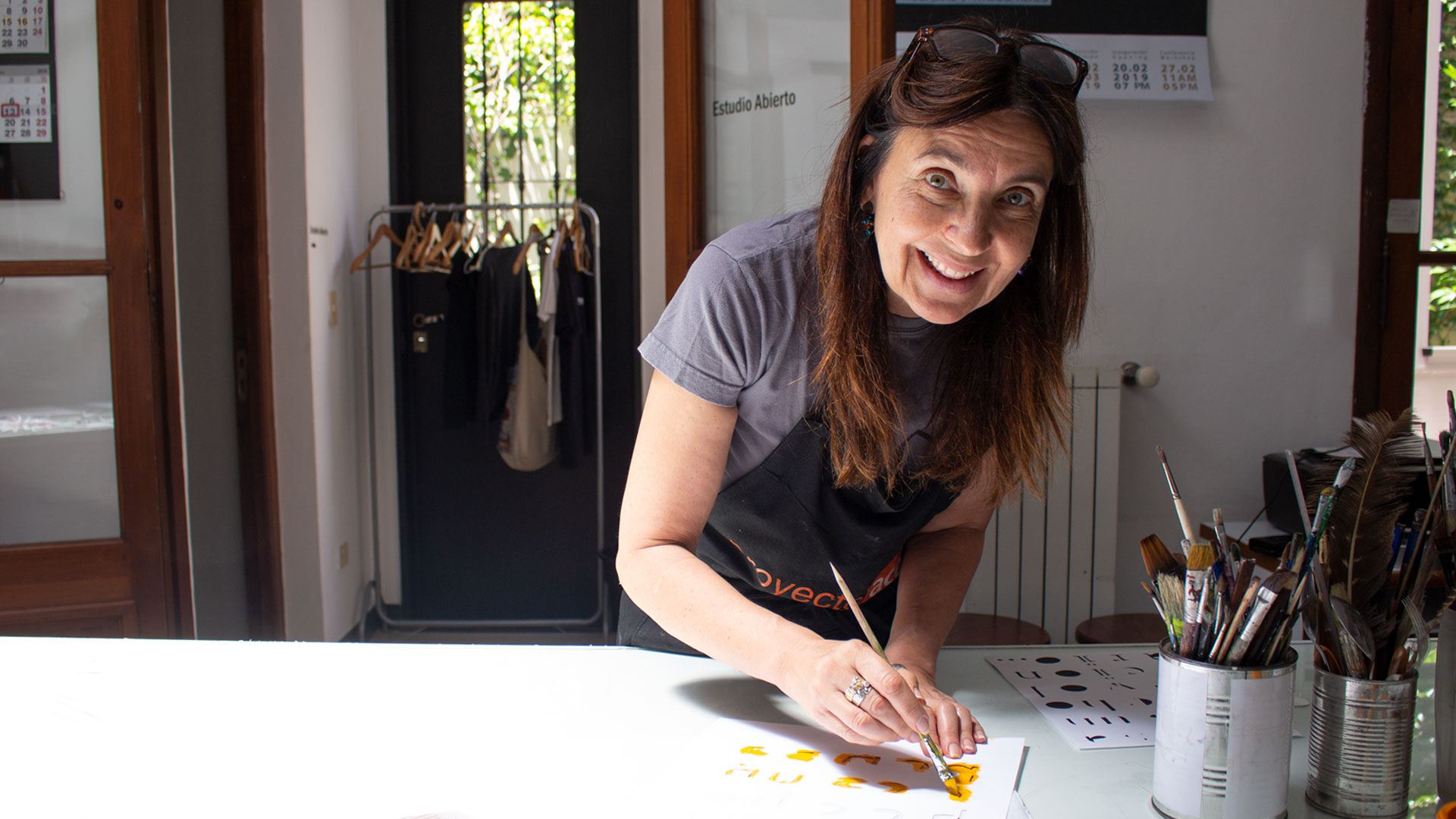
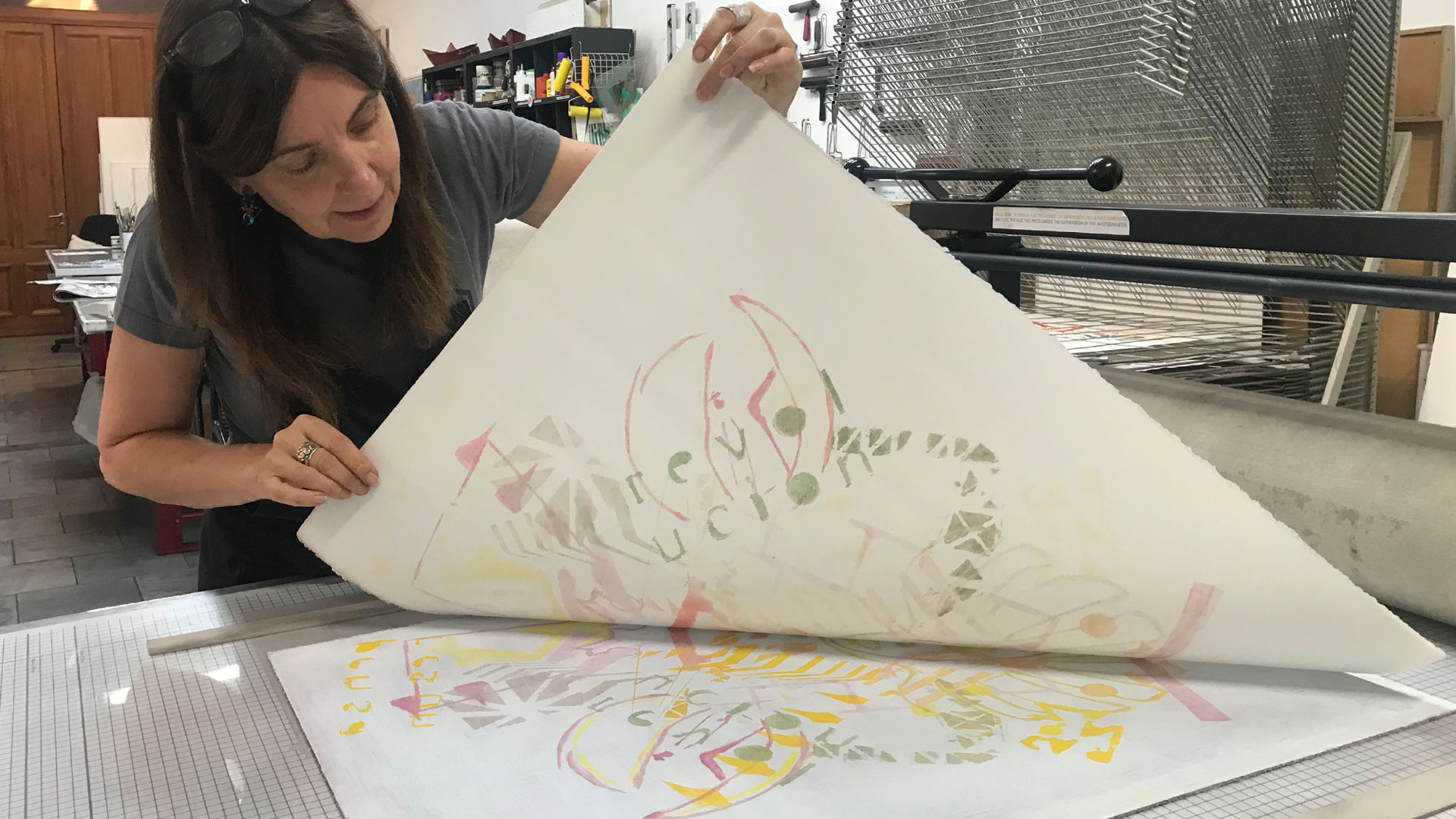
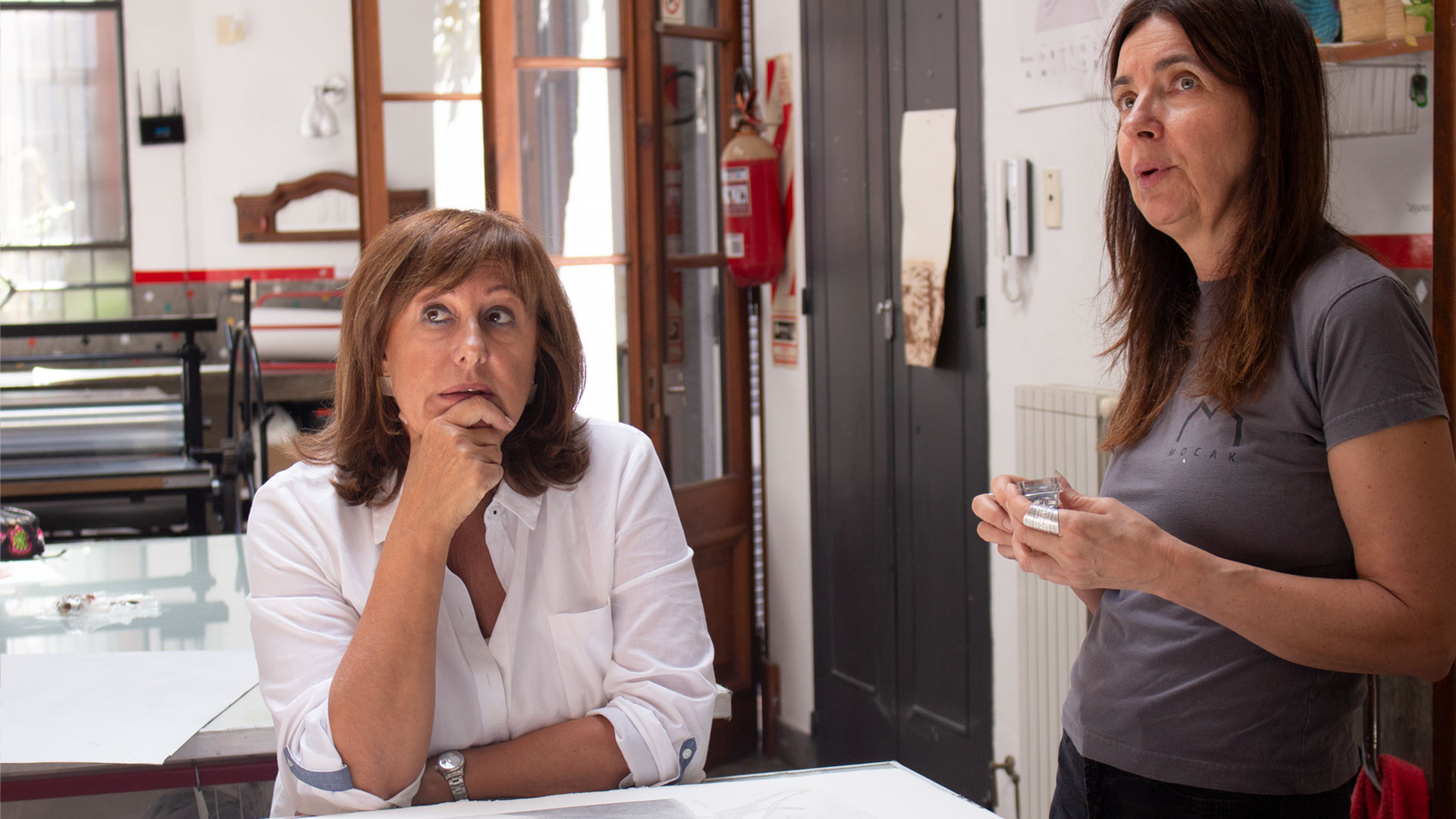
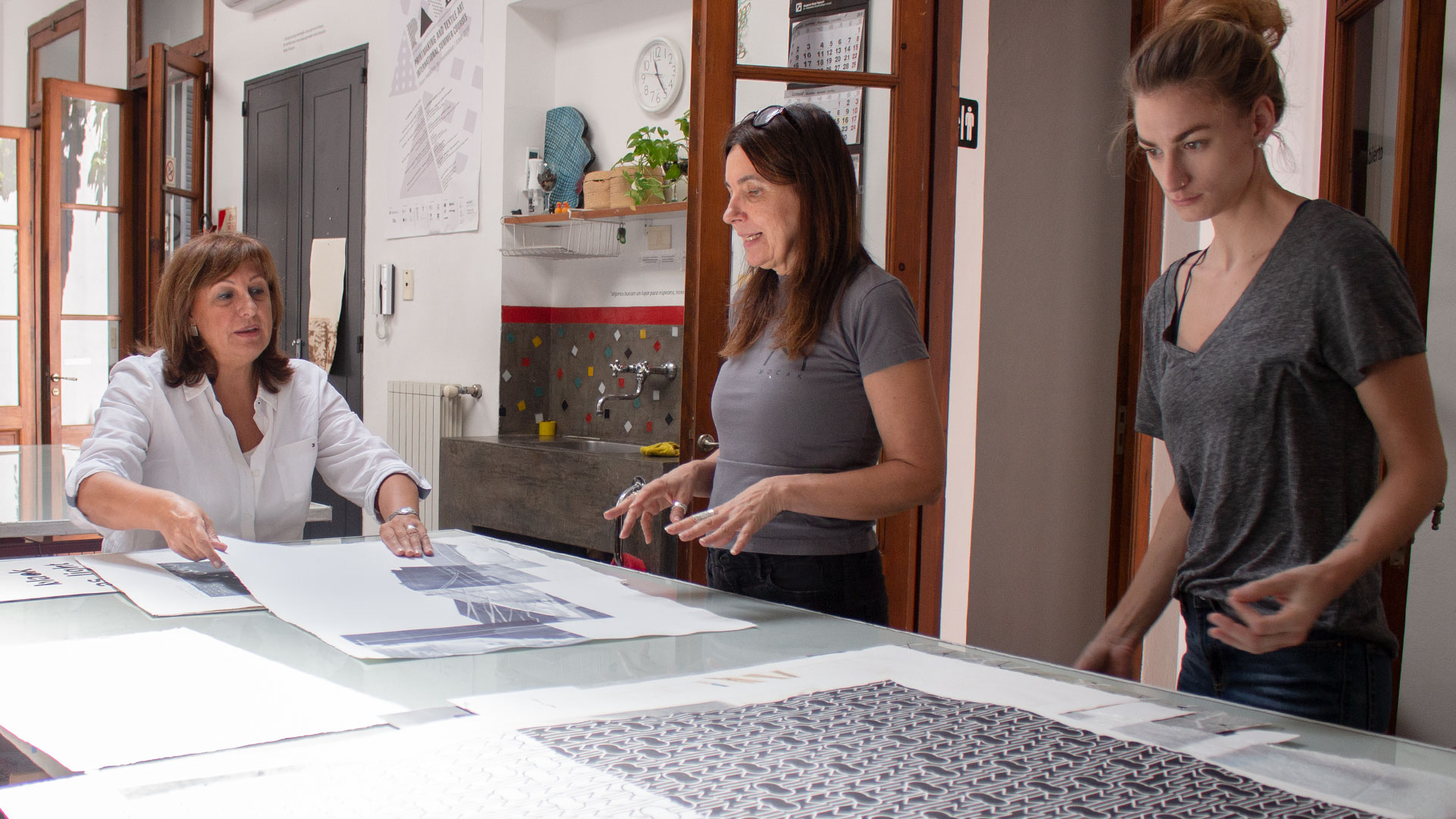

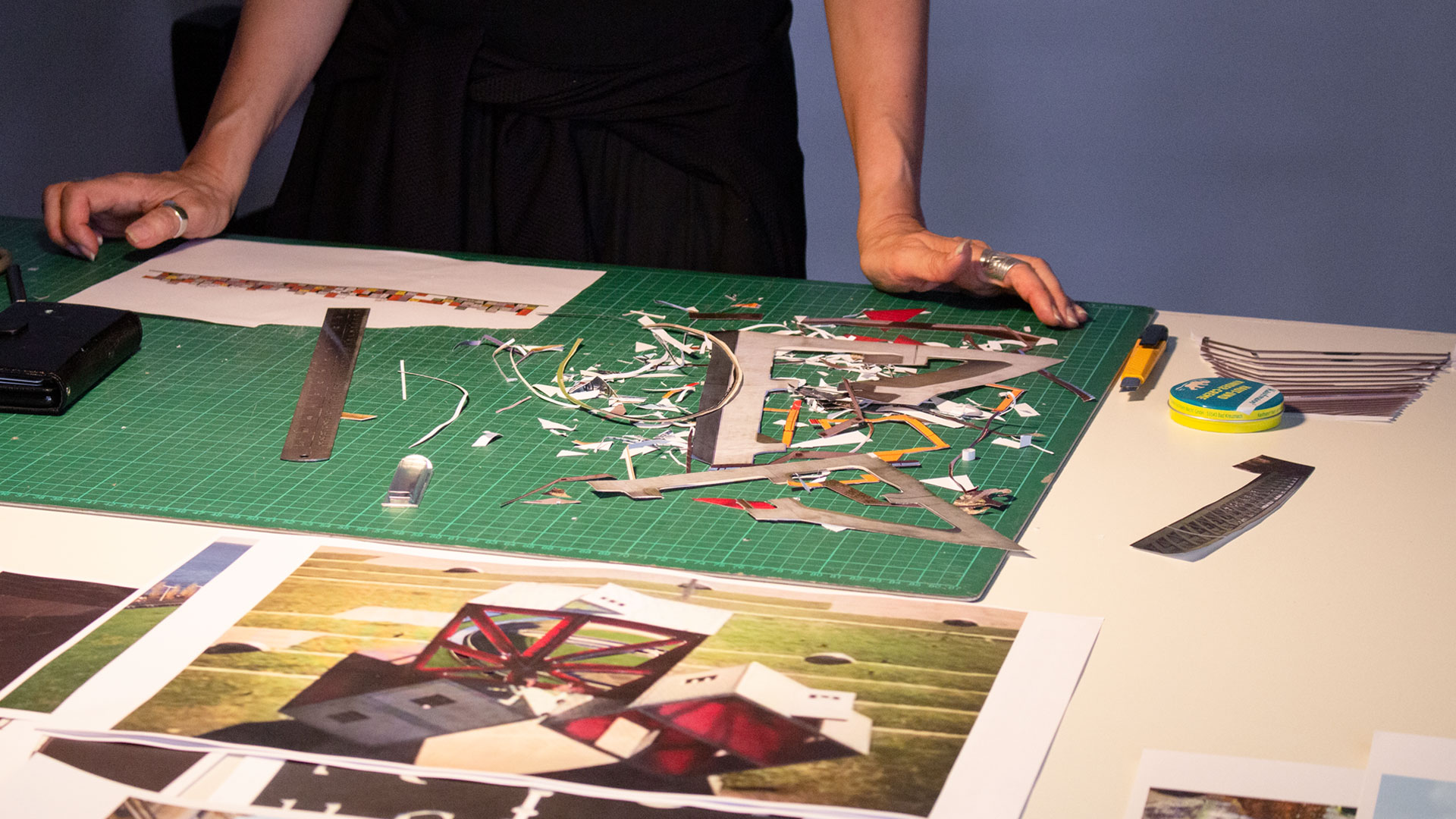

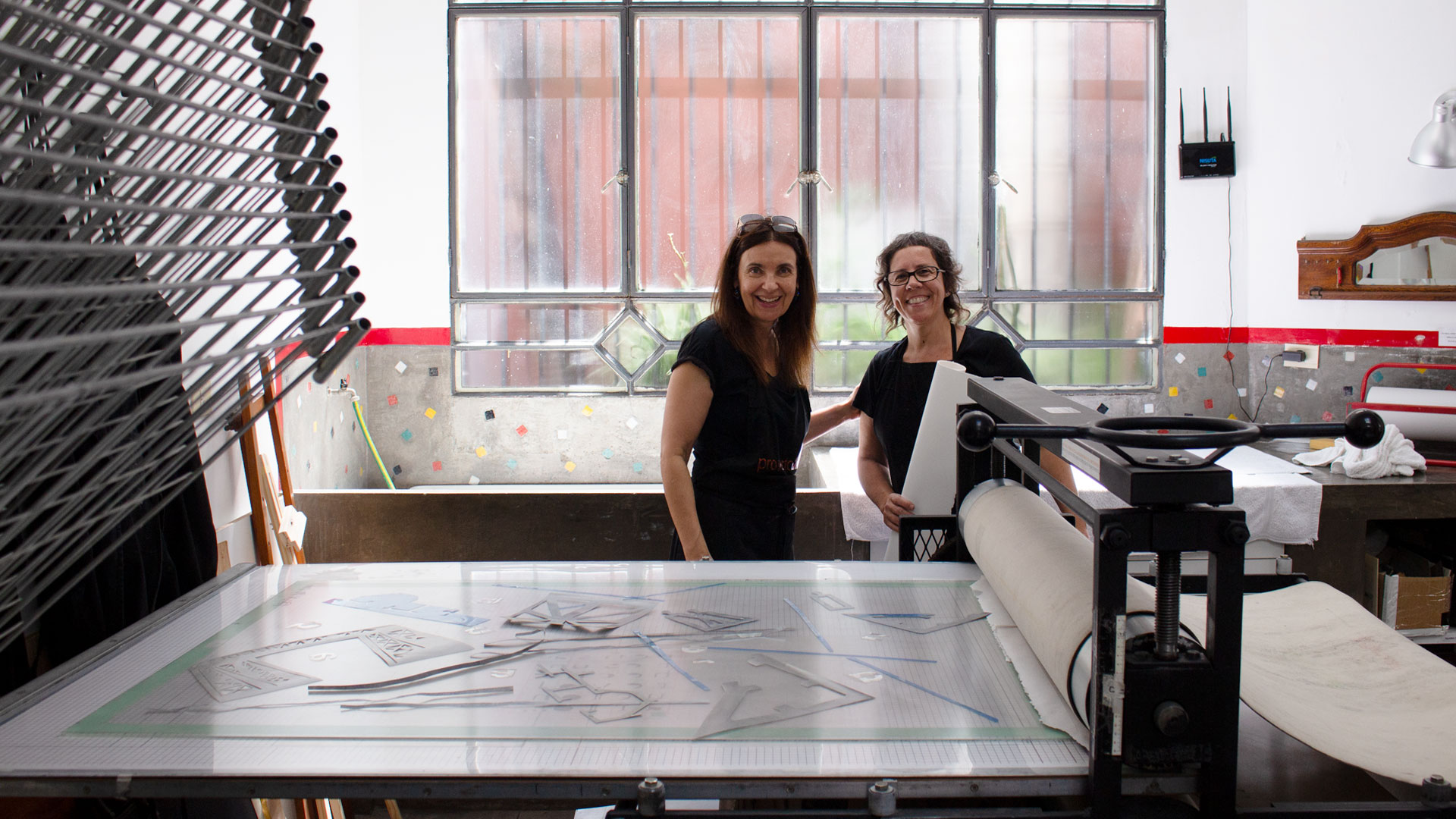


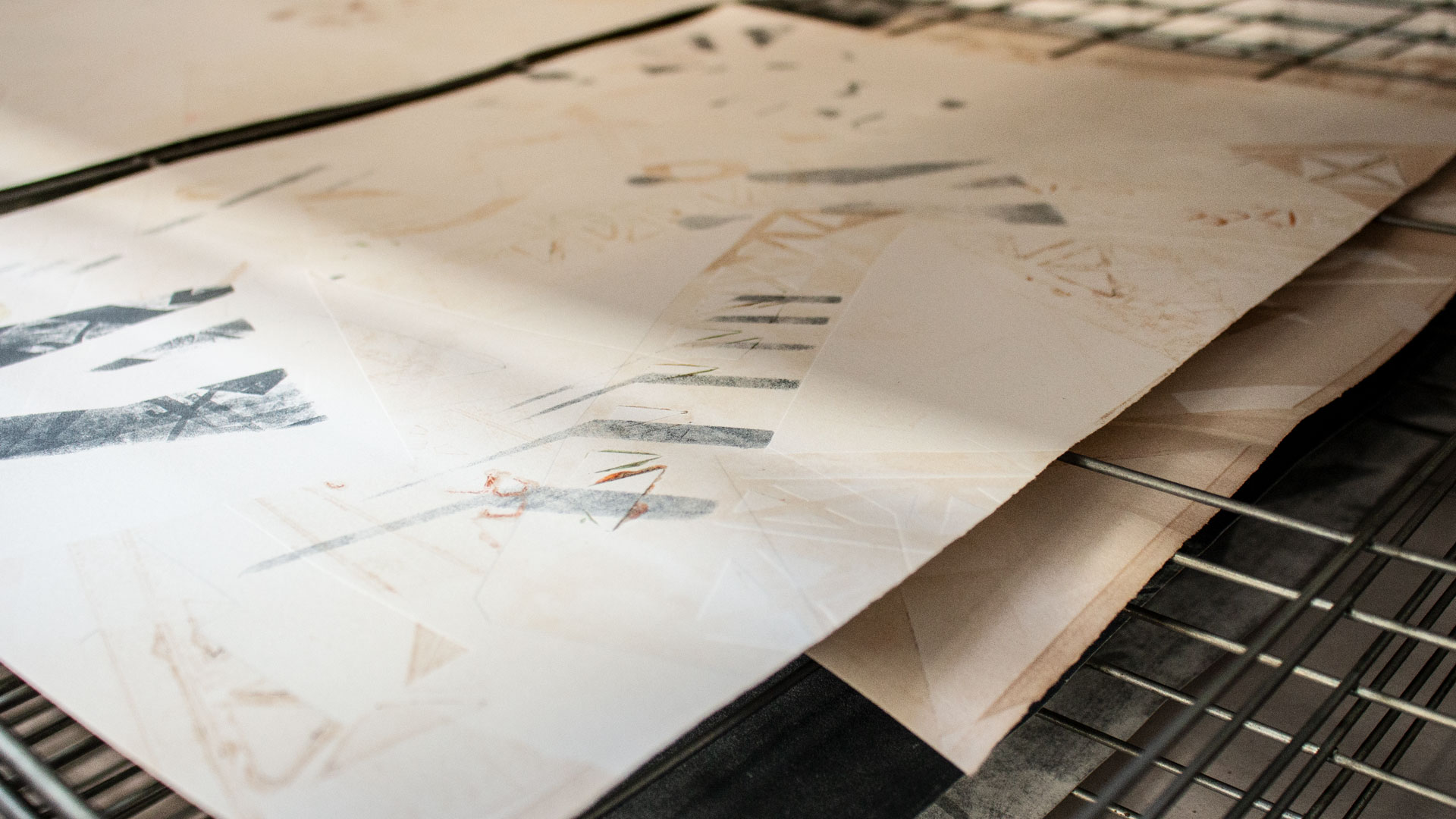
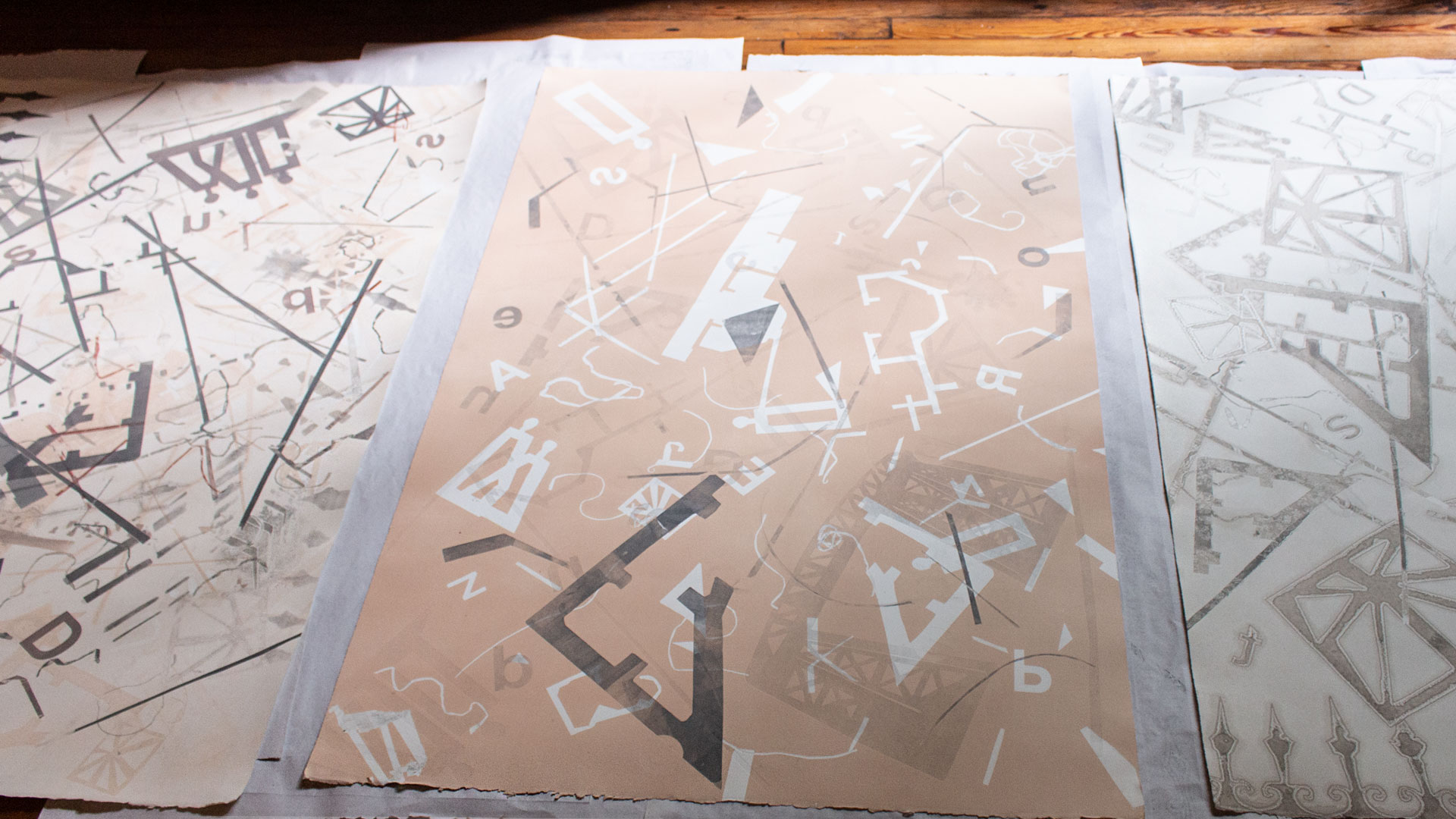
Related Activities
Exhibitions
Urban Layers
Ira Hoffecker
19.02.20 06.03.20
On Wednesday, February 19th, in the first ´aceNITE of the year 2020, artist in residence Ira Hoffecker presented her work Urban Layers.
Urban Layers (by Ira Hoffecker)
Urban Layers is a series of paintings with loose compositional associations to urban places through time. The work translates cities’ atmospheres through shapes, colors and marks that articulate the physicality, the vibrancy of consciously being in city complexes. I employed geometric shapes inherent in architecture and city maps, utilized color to portray distinctive city experiences. Many layers of abstracted elements of architecture provide the basis of my compositional language.
The work references urban structures, building frameworks, facades, silhouettes, in general. Places are overlaid with multiple histories, layers of paint cover and obscure but each coat is also informed by the previous layer. I am interested in how different societies transform and change city spaces over the course of the centuries. My work examines the relationships between people and cities by responding to constant change, reconstruction and restoration in the urban landscape. Historical, political and social impact and its effects on city identity through physical deviations of decay, a rebuild or destruction, covering or erasure, or reveal takes place concurrently and over time.
My research includes reading books about history, memory and memorials, books about architecture. My photographic study that represent city configurations enhance my perception of the identities of places. Walks through different cities in various neighborhoods allowed informed responses and association with my architecture, map and photographic studies. I am interested in memory and in studying how people commemorate history, therefore, in Buenos Aires I have specifically looked at memorials and its architecture as my source material. The work contains elements of the Parque De La Memoria, Plaza de Mayo, the memorial site of the secret detention camp El Vesubio and urban structures of the city of Buenos Aires.
Related artists


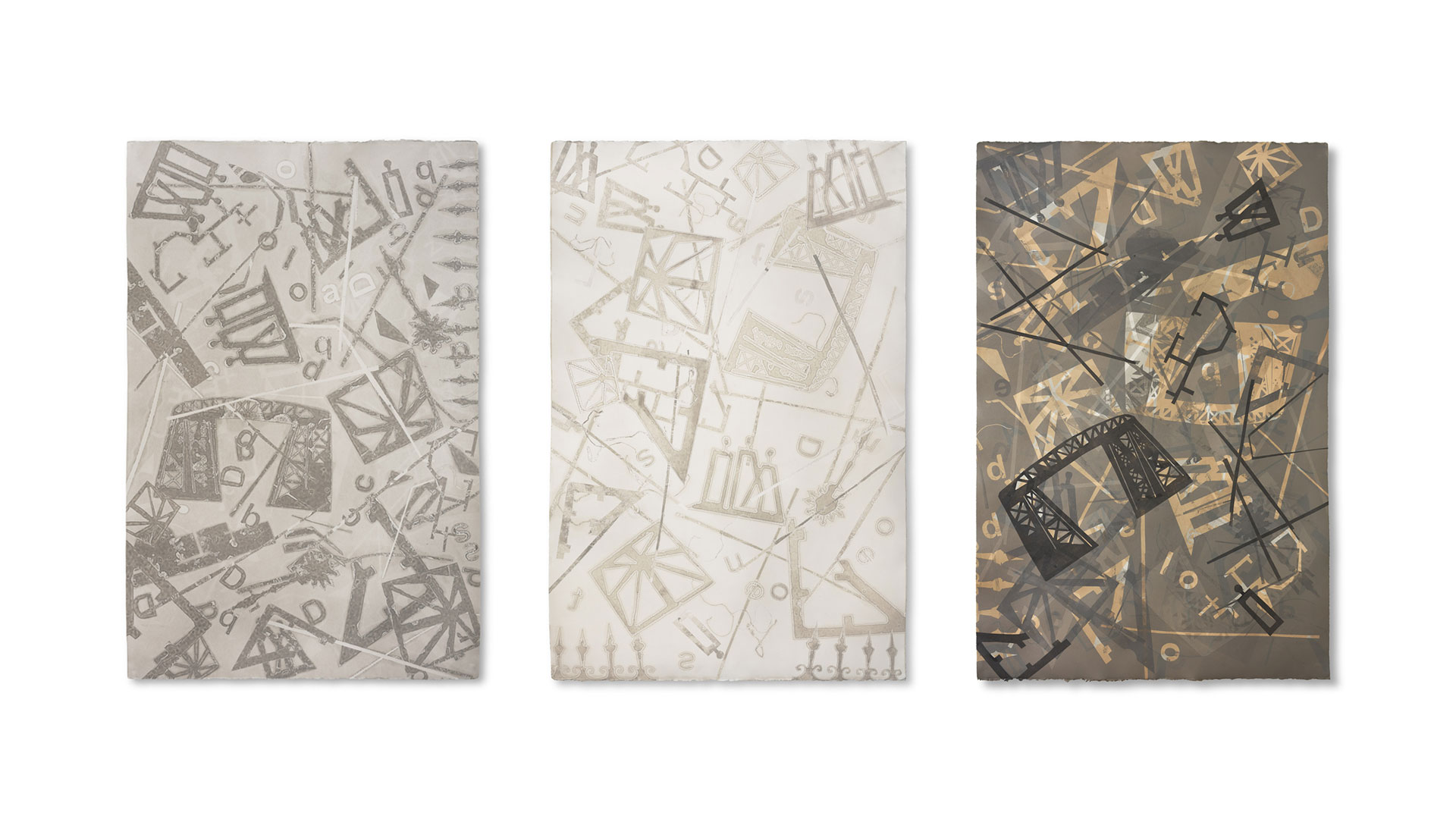

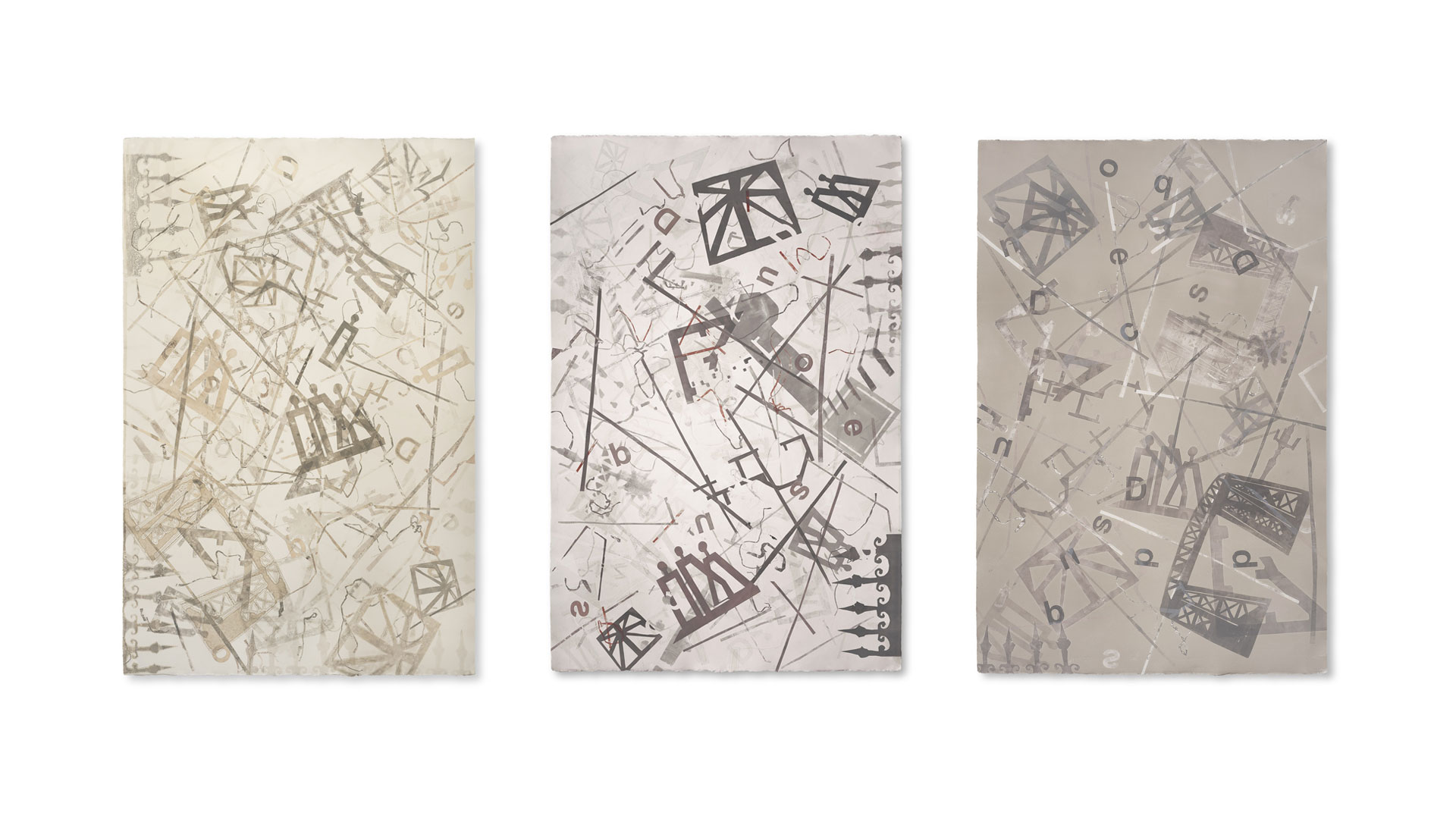
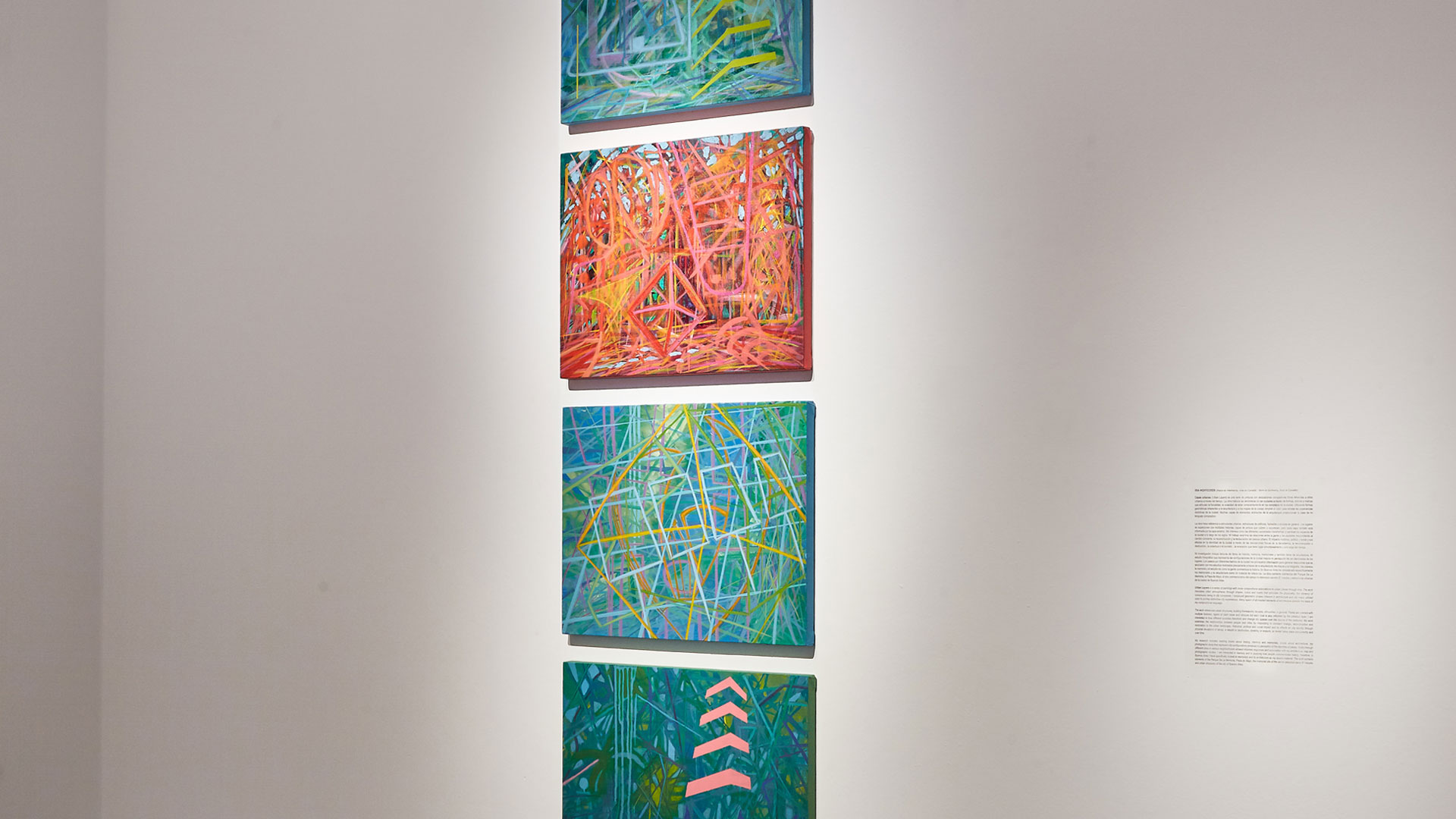
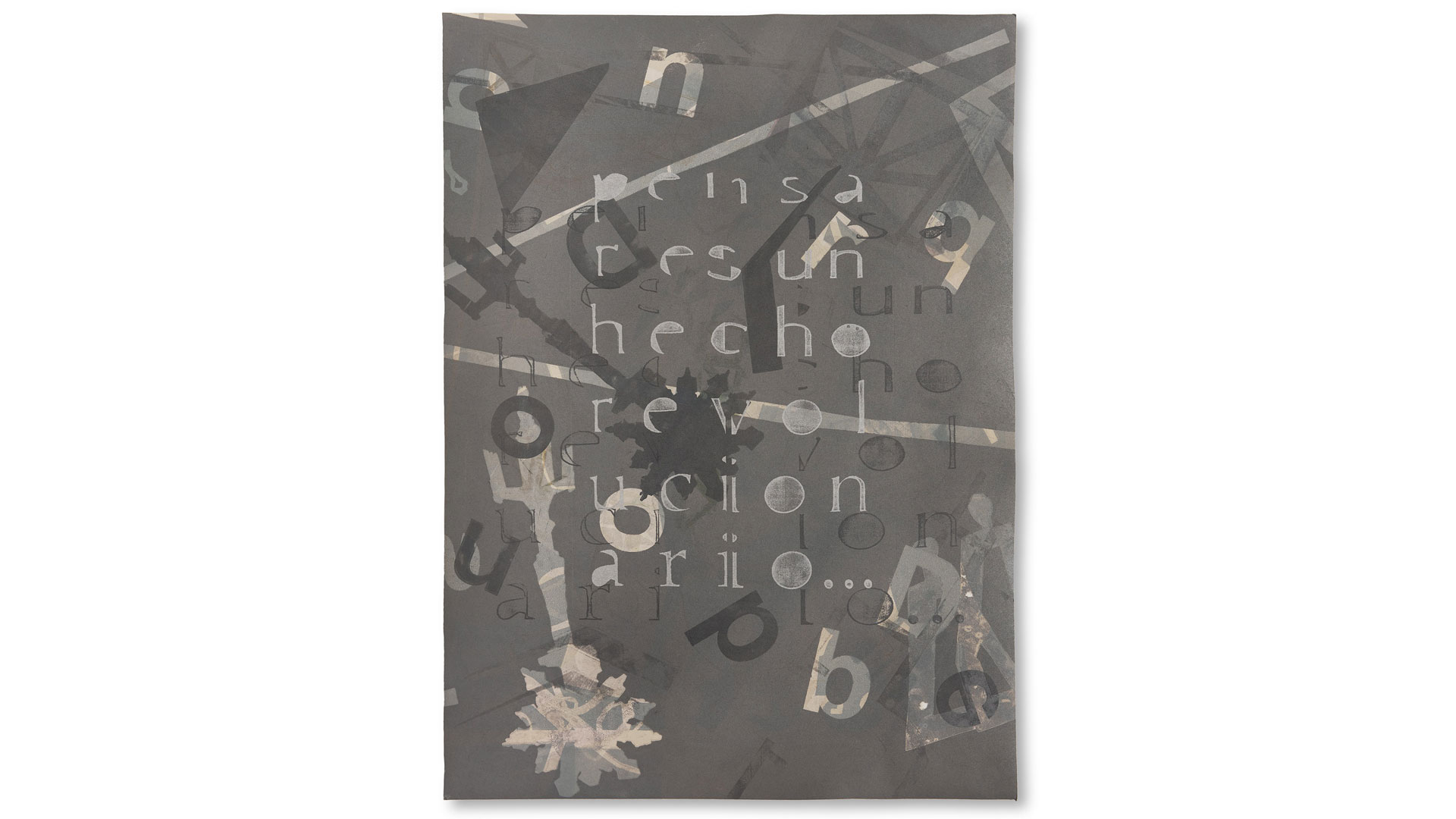
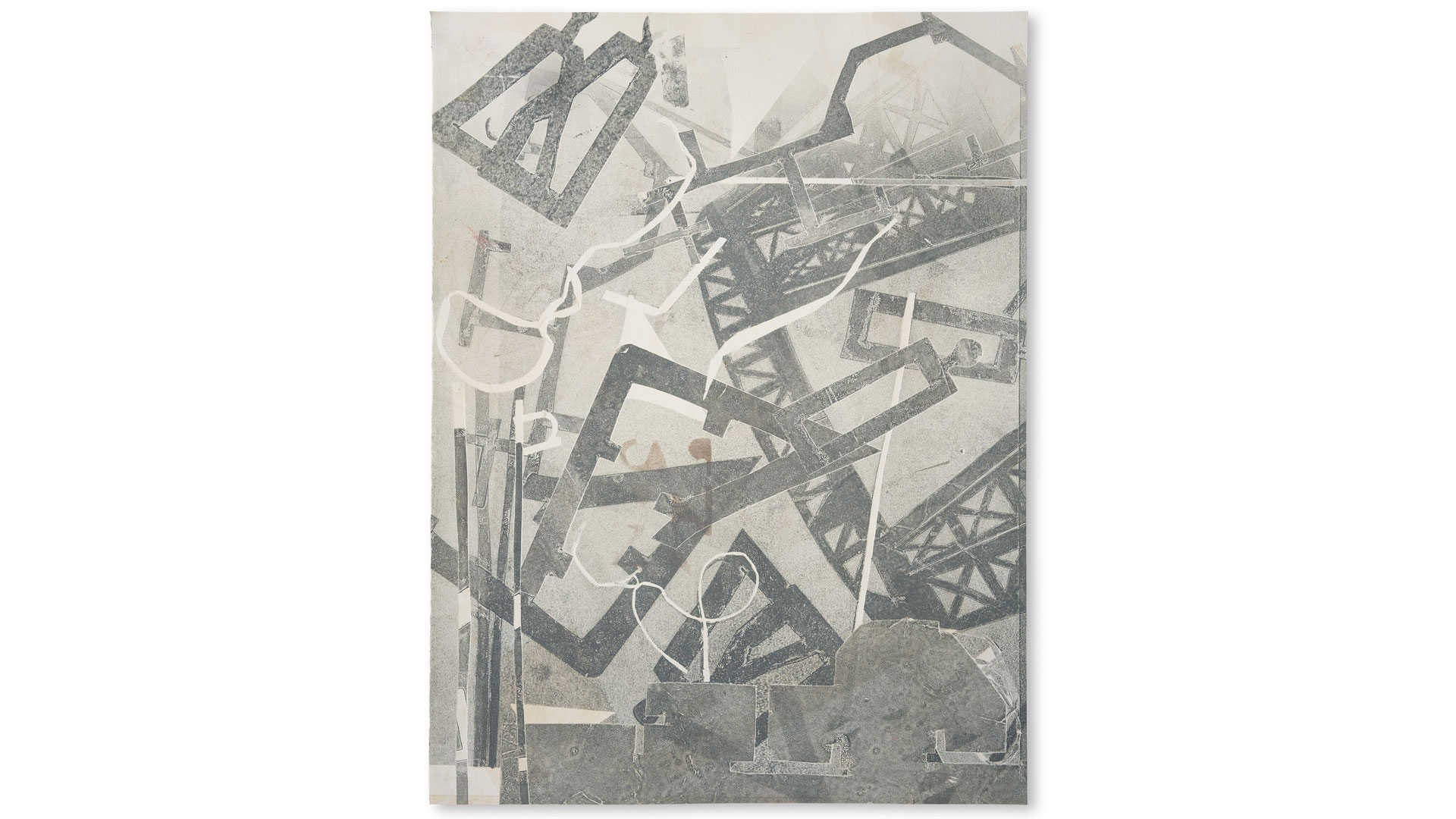
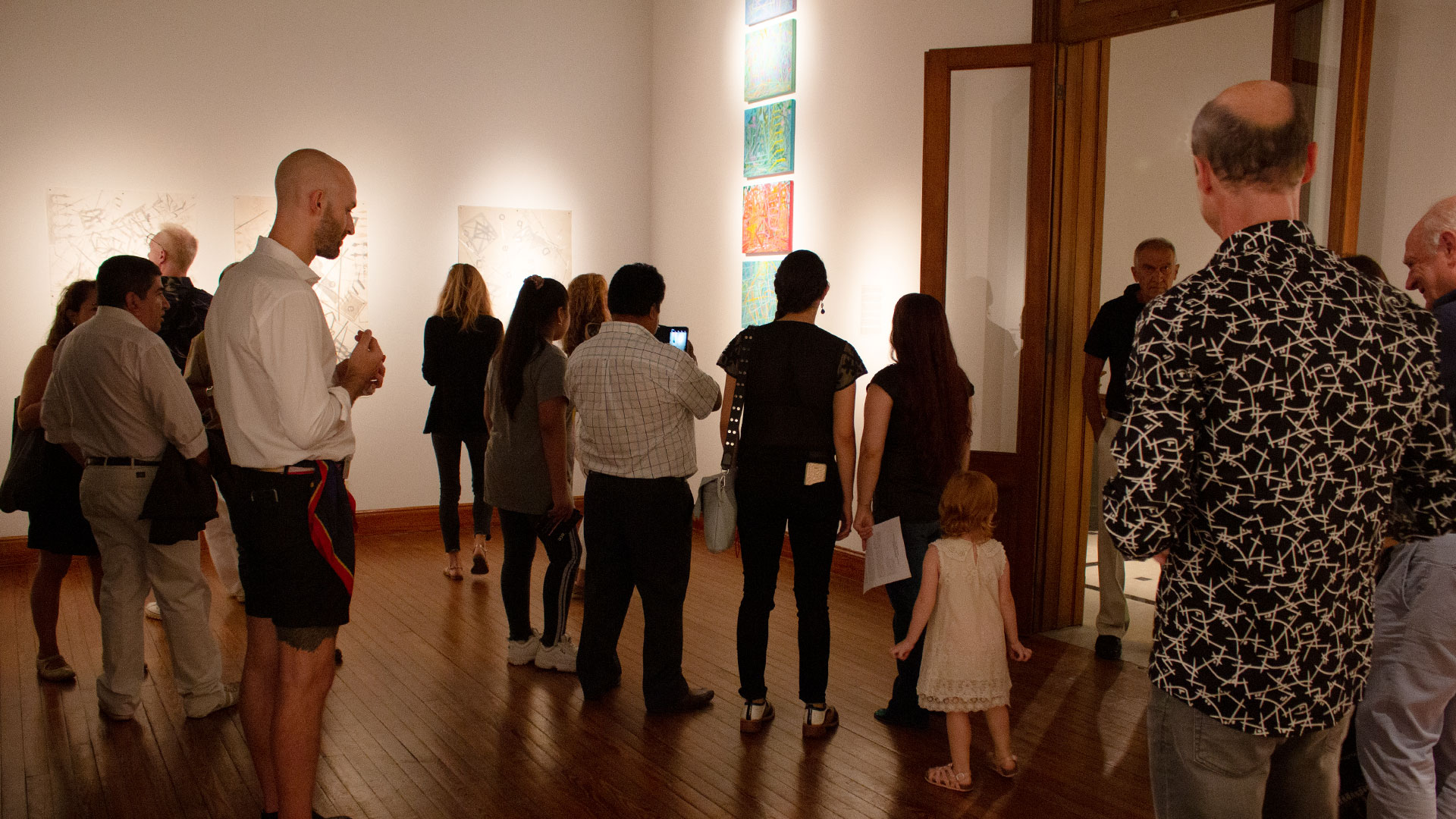


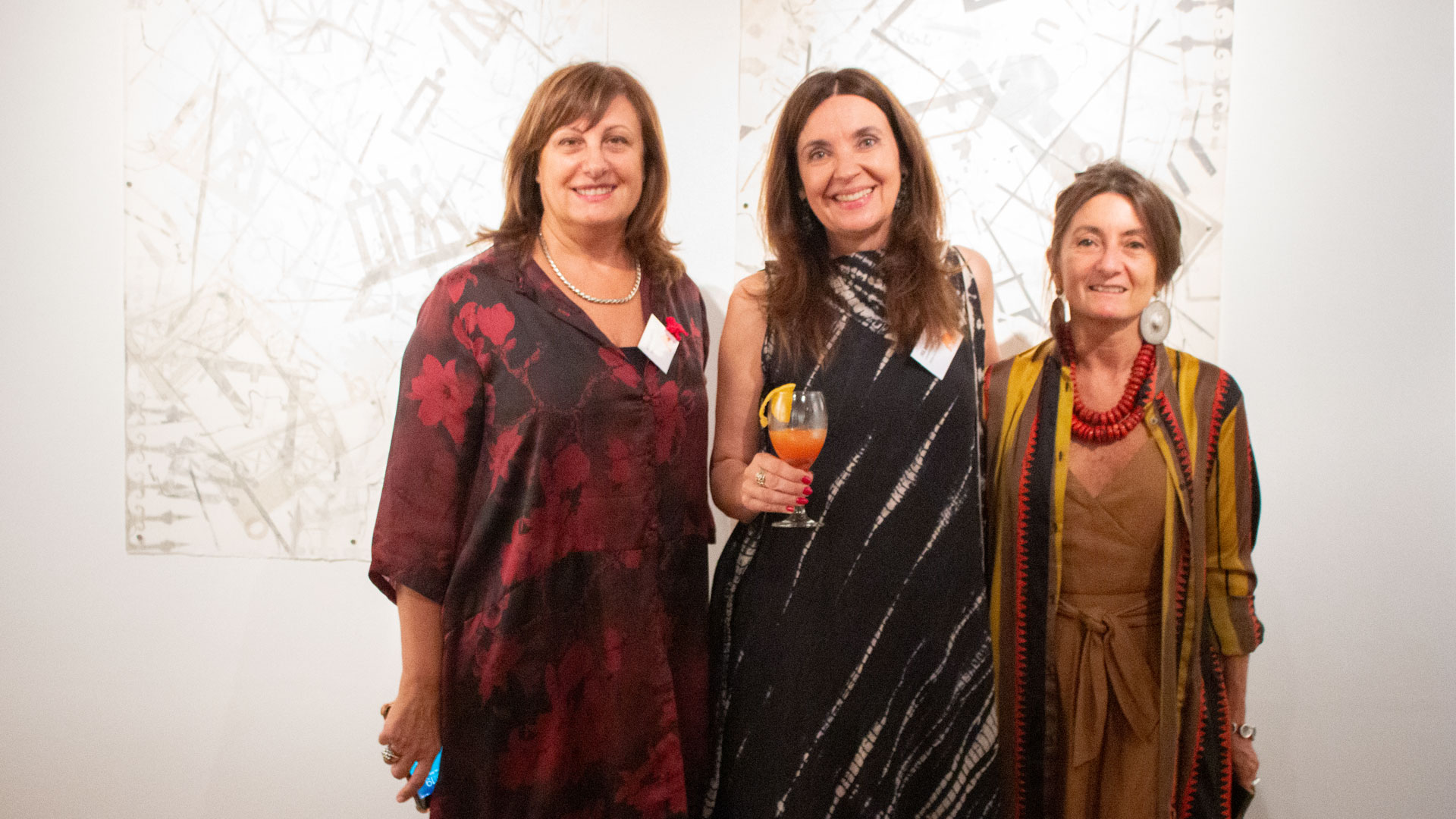
´aceNITE, Exhibitions
Structures
Artists in Dialogue
19.02.20


